Junker Jamboree: HooptieX is dirt-cheap, off-road fun
I prefer that you don’t wreck it, but I won’t be sad if you do.”
That’s not exactly the phrase you expect to hear when someone tosses you the keys to their truck. Yet those were the exact words said by Brian Werblo as I strapped my helmet and climbed into the driver’s seat of his 1997 Jeep Cherokee. I had met the jovial 26-year-old while he was applying a vinyl “69” to his other dirt racer, a 1994 Pontiac Trans Port. “Oops, I think I put it on upside down,” he said, turning to me with a wry smile.
The Jeep’s interior was Jackson Pollock’d in mud splatters and unidentifiable stains. A sticker on the dash read: “No airbags. We die like real men,” and a CB radio hung from the dash like a piñata. Inside the console, three loose McDonald’s french fries and a nickel.
This hooptie and I were about to go for a ride.

I was in the middle of Rouch Off-Road Park, just north of the Michigan-Indiana border for the annual HooptieX race in the Mitten State. Founder Chuck Brazer sums it up best: “It’s rallycross for cheap cars, and for everybody.” Imagine combining the types of vehicles found at any 24 Hours of Lemons—or a county fair derby—with SCCA rally racing.
Competitors fall into one of four classes: Two-Wheel-Drive Garbage (should cost less than $500); All-Wheel-Drive Garbage (should cost less than $500); the Hater Class, comprised largely of daily drivers; and Super Soft, for purpose-built off-roaders. Regardless of categorization, each vehicle is inspected prior to the race for working seat belts, anchored batteries, and fire extinguishers. Its driver must also have a proper helmet. Participants then campaign their rides in timed solo trials, through mixed terrain courses, which vary greatly depending on event location.
The Rouch rendezvous is particularly tricky. Unlike some of the more wide-open affairs in HooptieX, this course is a dense network of undulating two-tracks lined with trees and dense thickets of undergrowth.
A flagman, dressed in a safari bush jacket and matching tan shorts, waved for me to join him at the starting line. Beyond the line, a three-mile closed course comprised of ruts, jumps, puddles, and banked turns waited for me and the dirty Cherokee.
I turned the key to pull the Jeep forward. Despite the truck’s rather disheveled appearance, the engine fired immediately. While waiting for a fellow racer to complete the course in a lifted Chevy Cavalier, I tried to adjust the seat. It slid freely on the tracks and would only lock in a position that required me to stretch for the pedals. No matter. I overheard a voice on the starter’s walkie that the Cavalier had cleared the course. It was go time.
I laid into the loud pedal, and the Jeep lurched from the line. “Those tires are the key to going fast,” Werblo had told me before my run. While many of his fellow competitors opted for Blizzaks or imported rally rubber, he chose to run Amazon-sourced skid-steer tires, which were affixed to the Jeep’s axles with an array of adaptors and spacers.
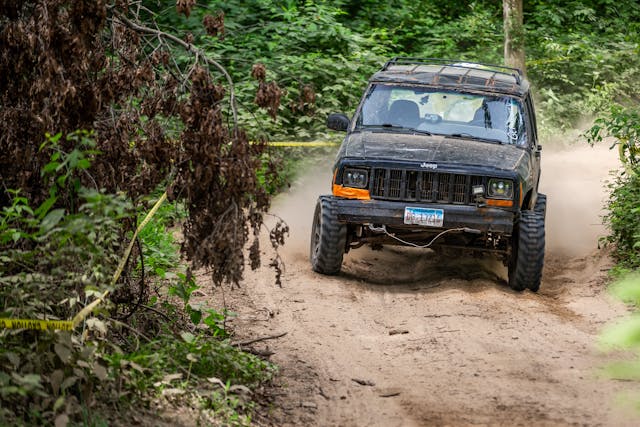
The tractor meats hooked up well and proved impervious to the sharp roots and rocks studding the course. What the stubby tires gained in utility, though, they lost in comfort. As these rubber rocks scrabbled down the already bumpy trail, I was jostled about the cabin like a rag doll. I couldn’t stop laughing.
“This is goofy fun,” said second-year participant Pamela Shabica, whose hooptie is a safari-style Audi A5. In contrast to Werblo’s Jeep, the German sedan is nearly pristine. According to its proud owner, it is not without its “glitches.”
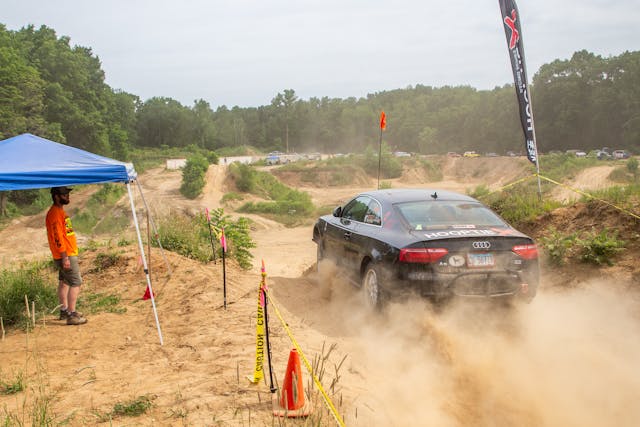
Shabica and her partner were longtime Gambler participants and enjoyed participating in the waypoint rally in their old CRV. When the couple heard that Brazer, an original founder of Gambler, had spun off a more competitive racing series, they decided to go hooptie shopping. They first purchased a Chevrolet Avalanche, but on their way home, the gas tank fell out of the truck. Undaunted, they kept searching, and eventually a friend tipped them off to a stock A5 for sale at a salvage auction. The reclaimed Audi would be their HooptieX canvas. They lifted the car three inches, shod the wheels in Euro rally tires, and affixed a skid plate to the nose.
“I pass the junior high [school], and the all the middle schoolers look and point,” Shabica says. “The kids love it.”
Who needs the Autobahn when you have HooptieX? Just like stock car racing of the 1950s, Shabica drives the car to and from multiple races throughout the year. “I drove it here today, and intend to drive it back … but that’s easy to forget when you’re in deep [in the race].”
A half-mile into the course, and I realized what she meant. Sitting at the starting line, I had promised myself that I wouldn’t run flat-out. After all, I didn’t want to add another beater to Werblo’s death toll. He had already blown out the left front strut tower on his 1994 Pontiac minivan. But a red mist was seeping in through my helmet.
Feeling confident, I hit a deep rut full song. The Cherokee’s front axle plowed over, no problem, but as the rear sticks caught, the back end launched.
Click!
My seat dislodged from its locked position, thrusting me forward on the rails like a runaway train and pushing my right foot pushed deeper into the throttle. The Jeep surged ahead, straight for a cluster of poplars. I planted left foot against dead pedal, eased off the gas, and turned left—hard.
Crisis averted.
Others were less fortunate, and several cars found themselves on the wrong side of the yellow caution tape that lined the course. Few “crashes,” however, eliminated driver and hooptie from finishing the race. (Rouch’s twisting terrain makes you feel like Colin McRae, but in reality, you’re never going faster than highway speeds.) For the remainder of the time trial, I had to stomp my left foot against the floor to control the ricocheting seat while trying to modulate the throttle with my right. Halfway in, my confidence was returning. I zoomed past a checkpoint, manned by one of the numerous volunteers that staff these events.

After five minutes and eleven seconds, I crossed the finish line. Not quick enough to earn a HooptieX trophy, but that’s beside the point. I drove as fast as I wanted for more than five minutes. Some participants ran several times throughout the day, logging about a half hour on track. This much seat time is unusual in grassroots participatory motorsports: “HooptieX provides a lot more seat time than any other rallycross series,” says Jake Rosio, a fresh-faced engineer who spent the afternoon chucking his 2004 Mitsubishi Lancer through the dirt.
Since its inception, in 2019, HooptieX has expanded from its home in the Pacific Northwest to span twenty events dotting the continental United States. In addition to the track time, a $65 entry fee buys you an open night ride throughout the park’s trails, the opportunity to participate in an epic minibike race, and a weekend’s worth of mud-caked memories.
After spending a day with the crew and participants, it’s easy to see why the event series is experiencing such growth. HooptieX race director Jason Ailstock points to the community as his favorite aspect of the event. “It’s the people. They never fail to amaze us,” he says. “It’s like a family that continues to grow, and they are always ready to lend a helping hand.” For Ailstock, the HooptieX gig is a passion project, too, as he spends much of his daylight managing an auto shop in Evansville, Indiana.
After a day in the dirt, I walked away mulling over heretical modifications to the junker Miata in my garage. If you have a pile of your own, look up the series. The barriers for entry are low and the stakes are even lower. No pressure. Just bring your hooptie and a helmet.
Click through the gallery to view HooptieX’s unconventional—and purpose-built—off-roaders.
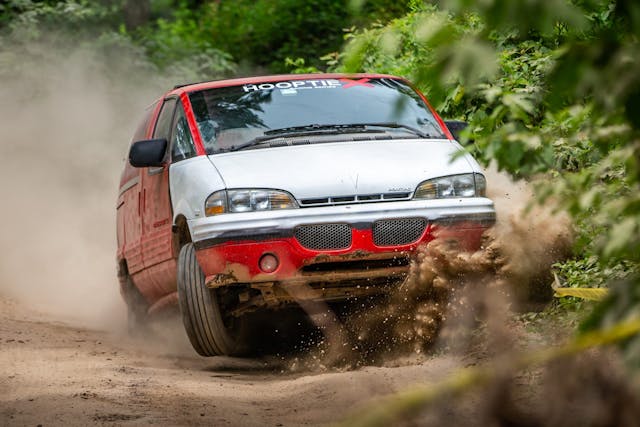
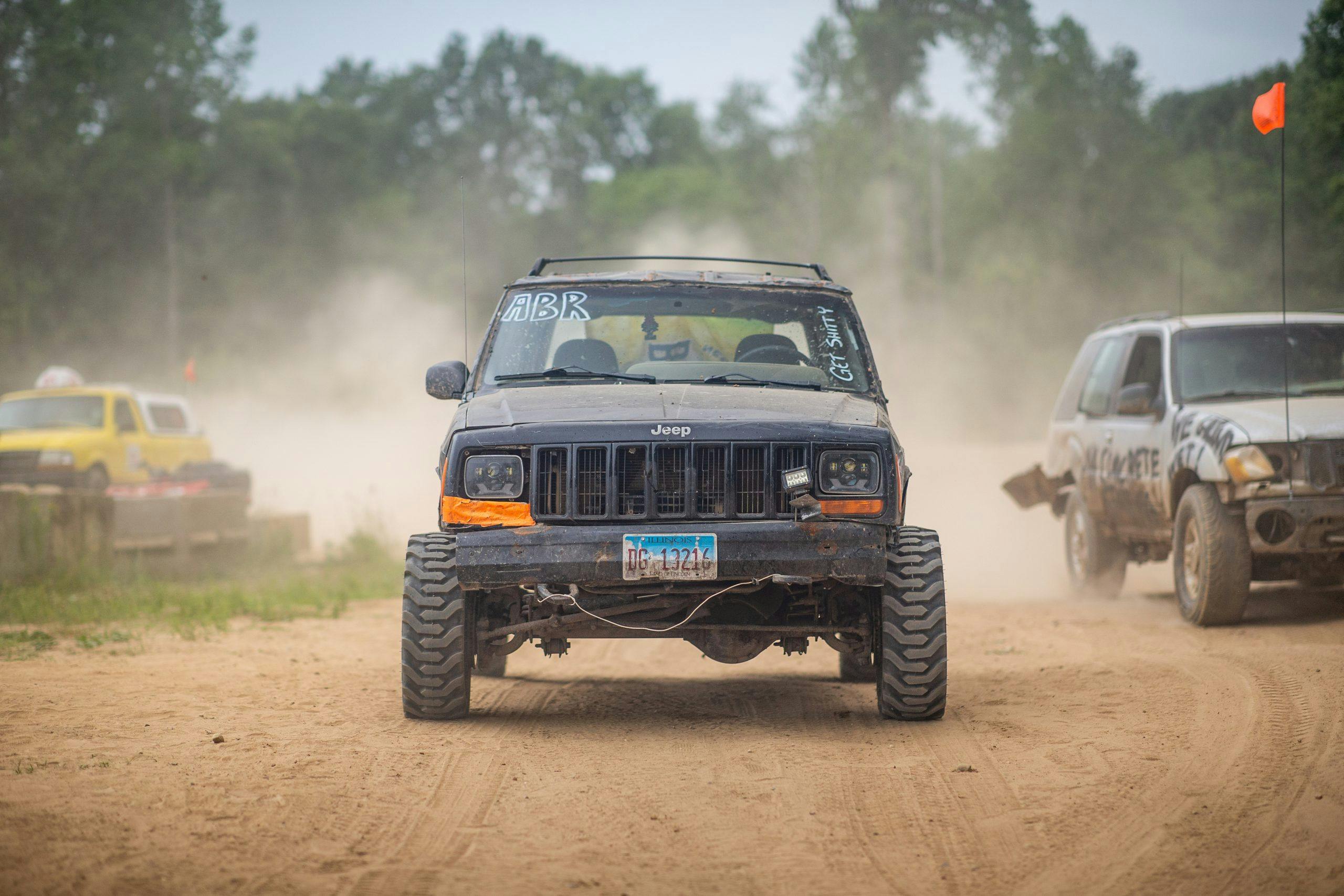
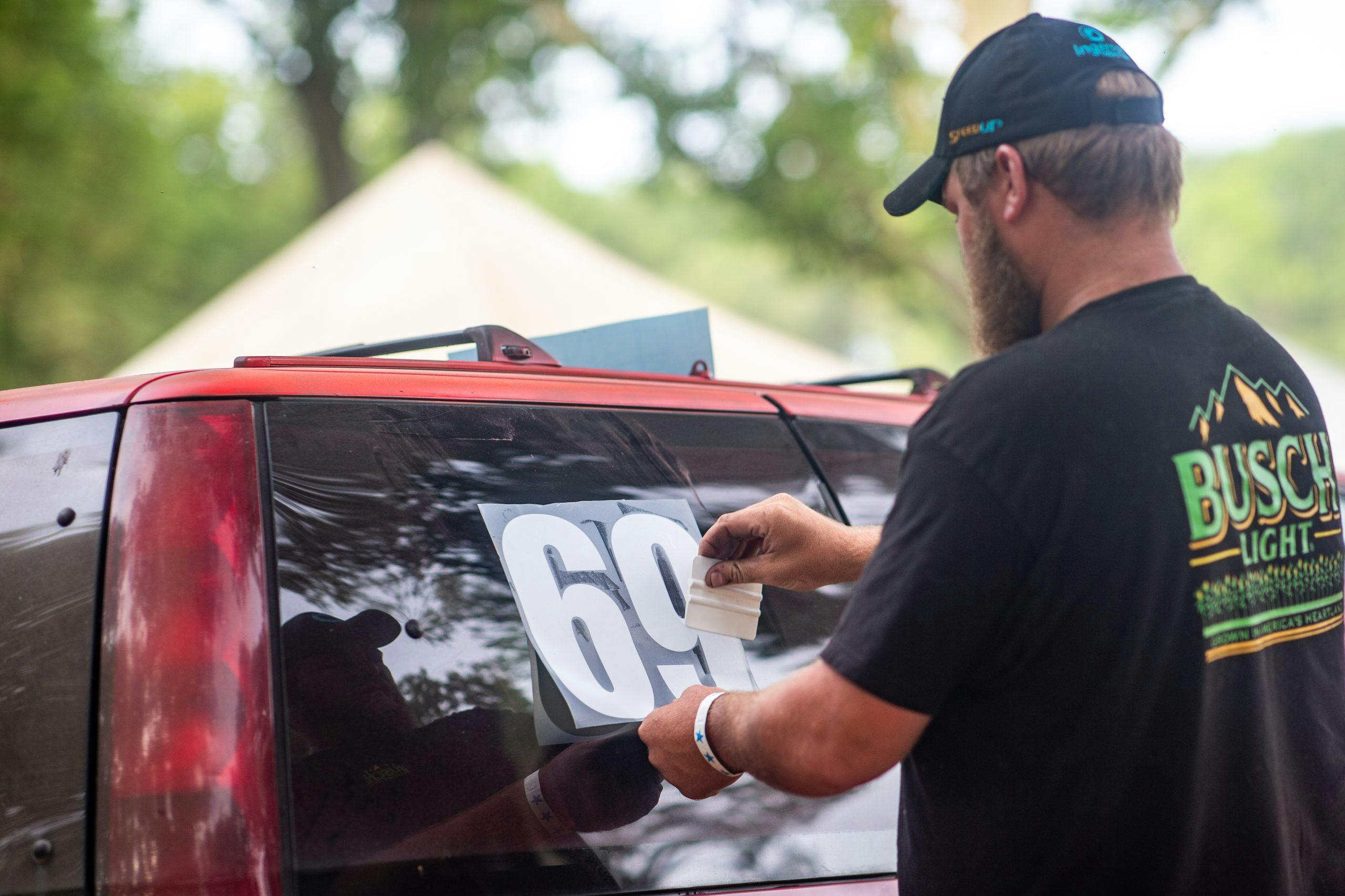


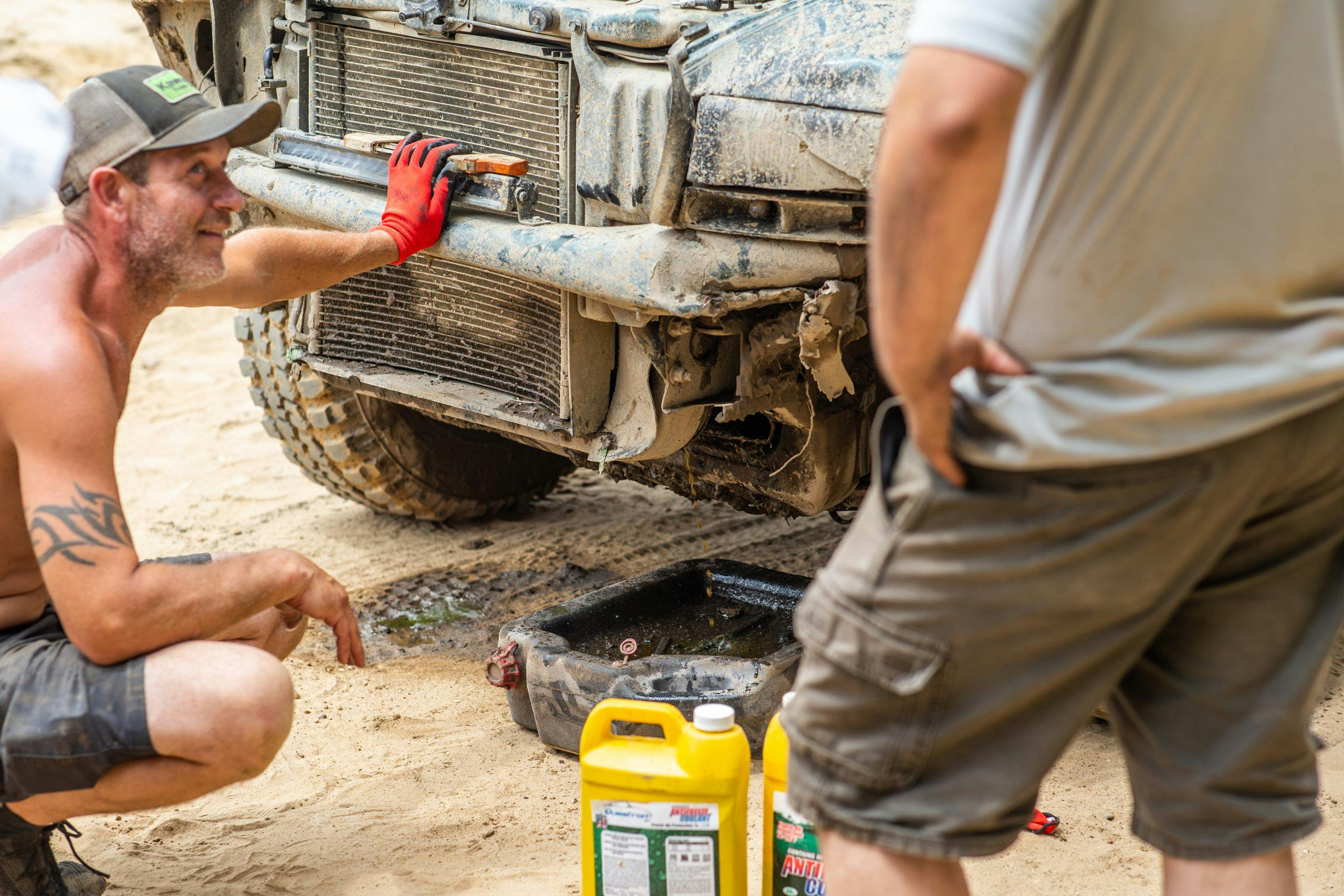
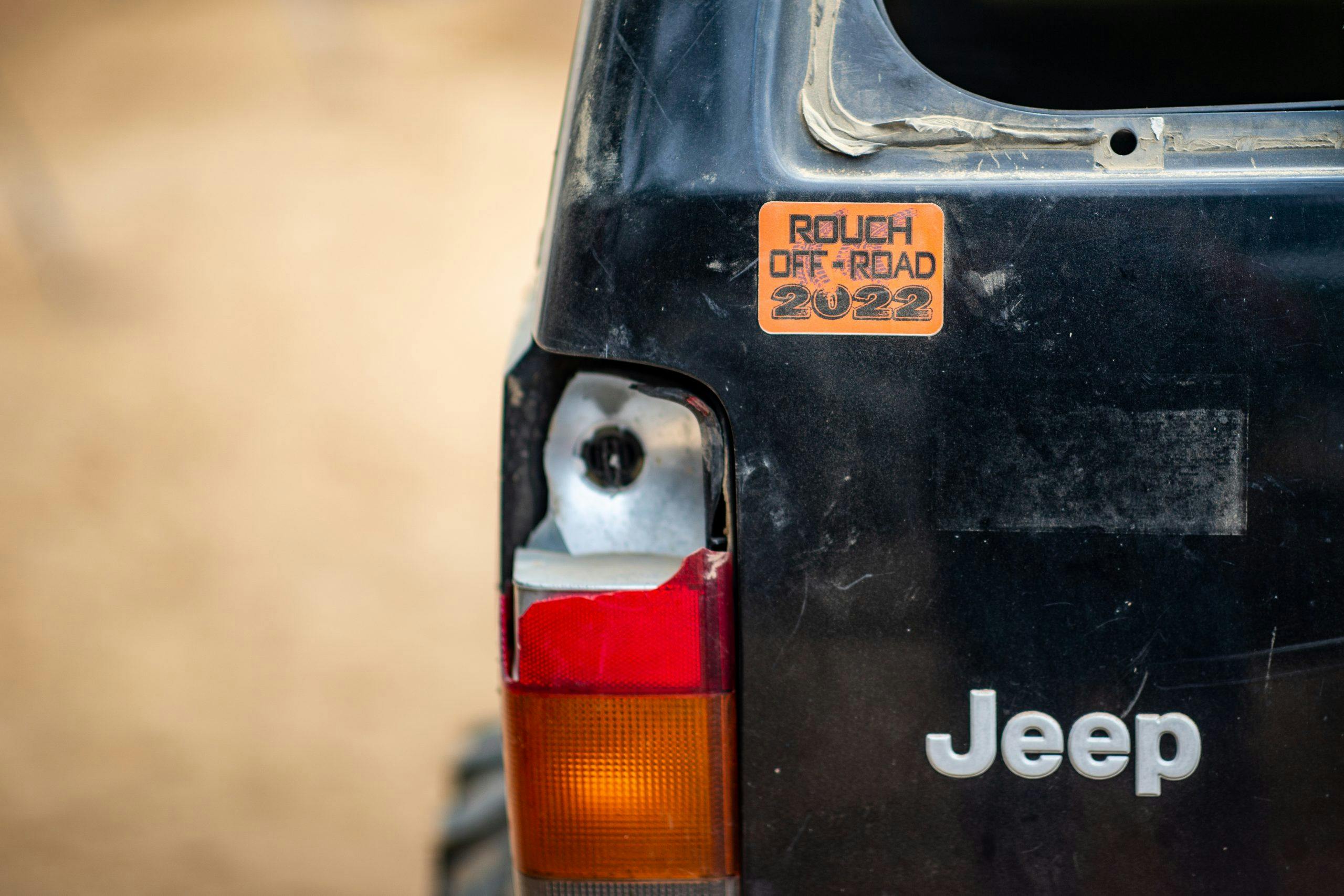
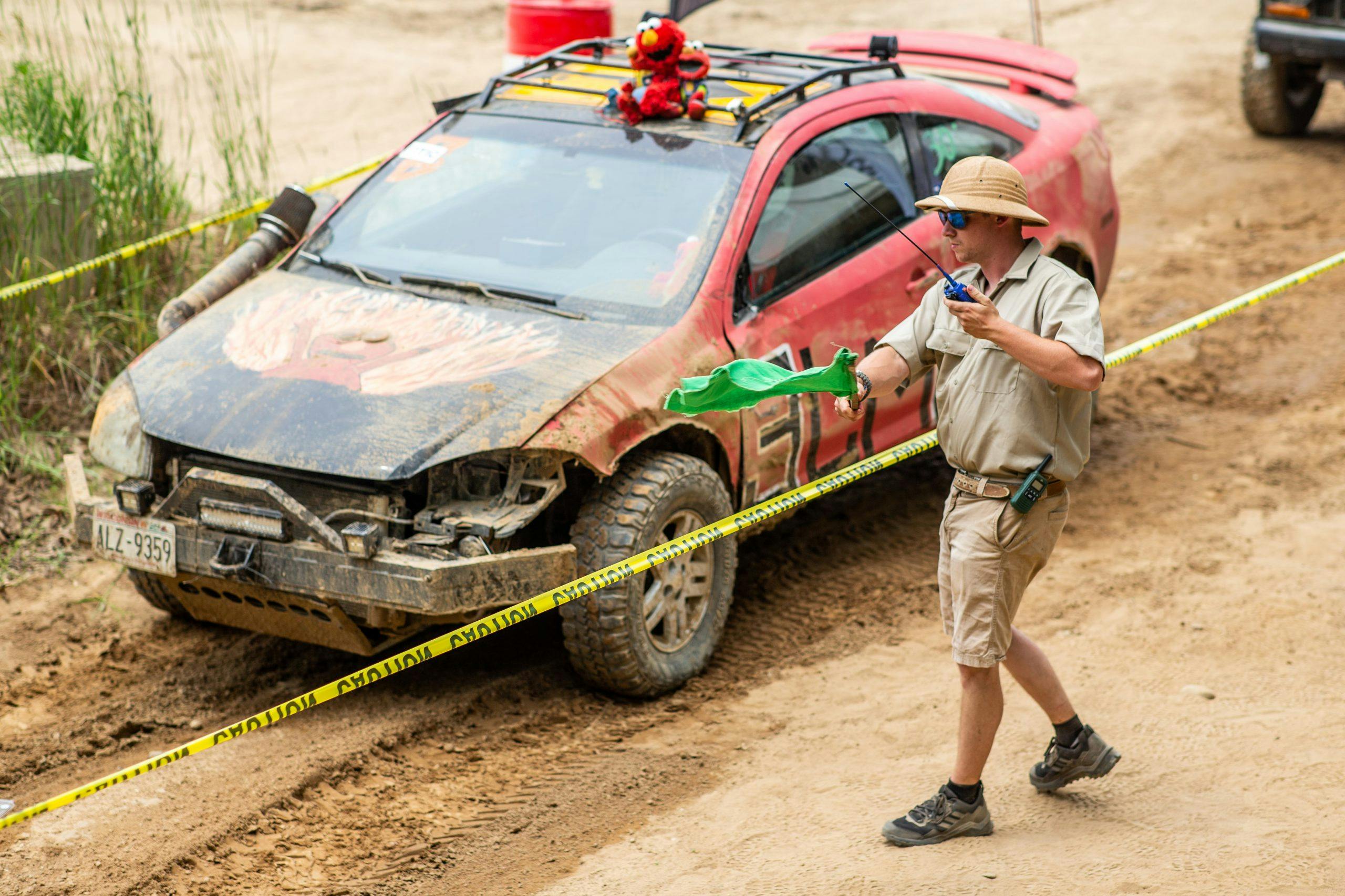
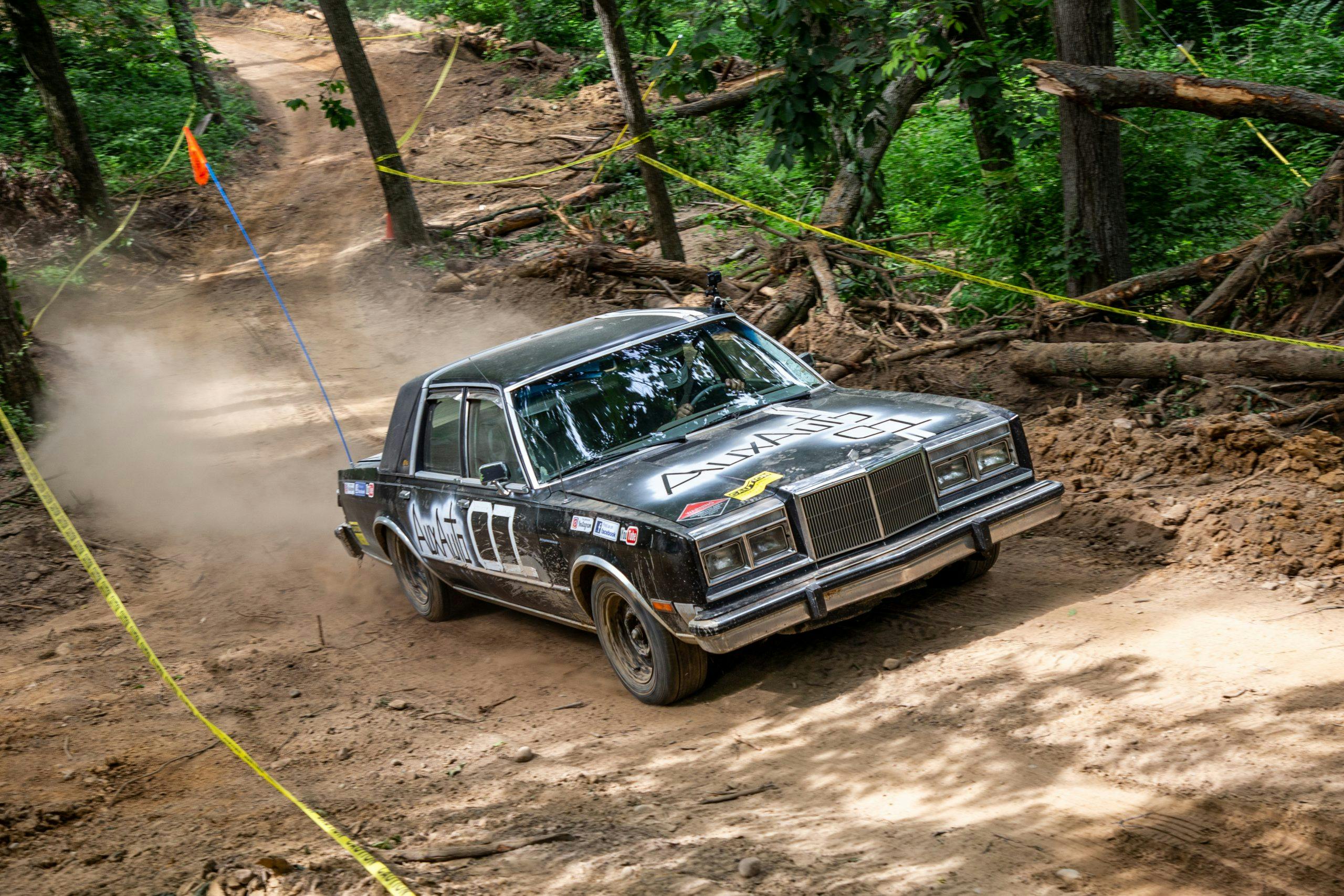
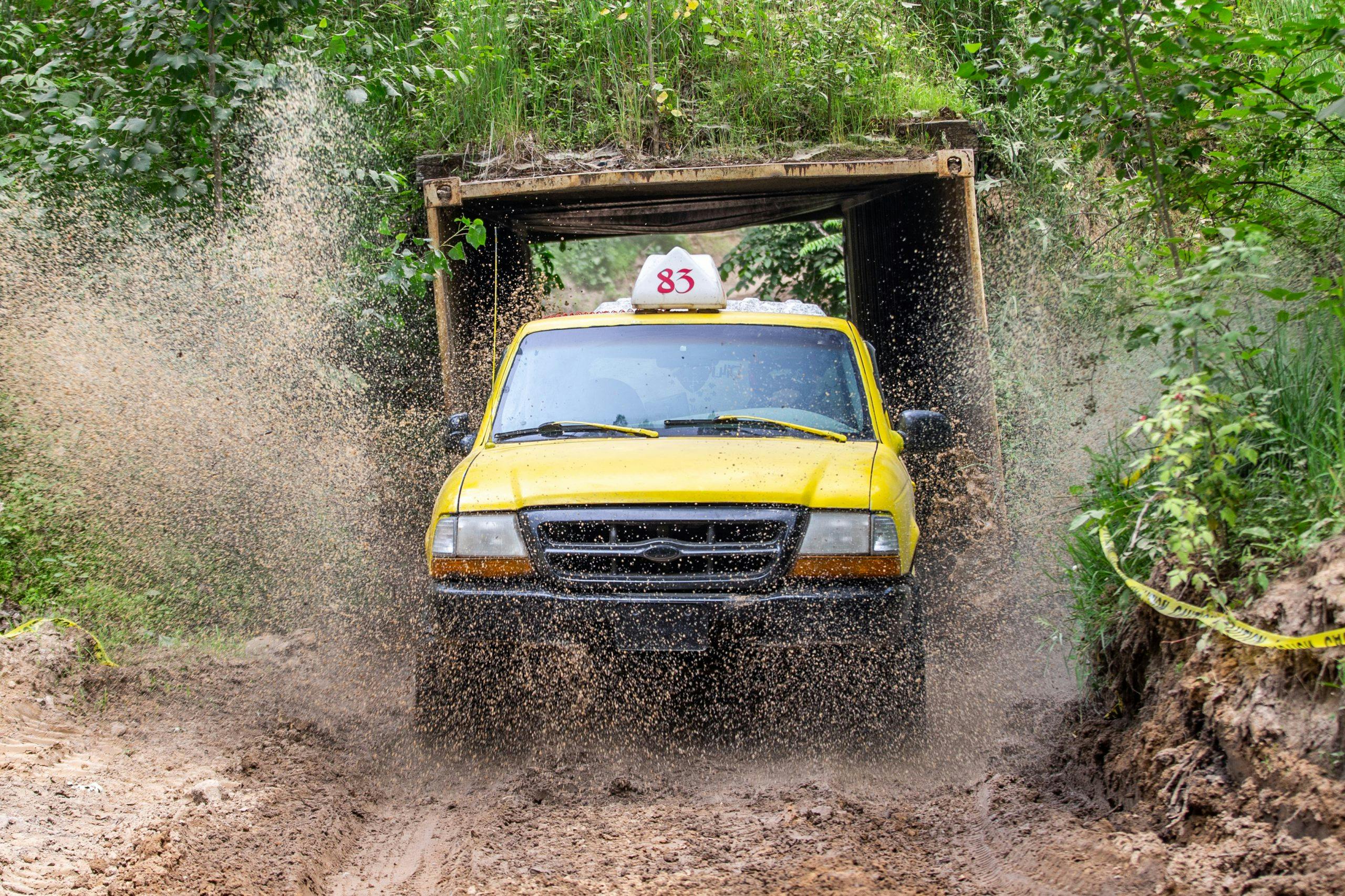
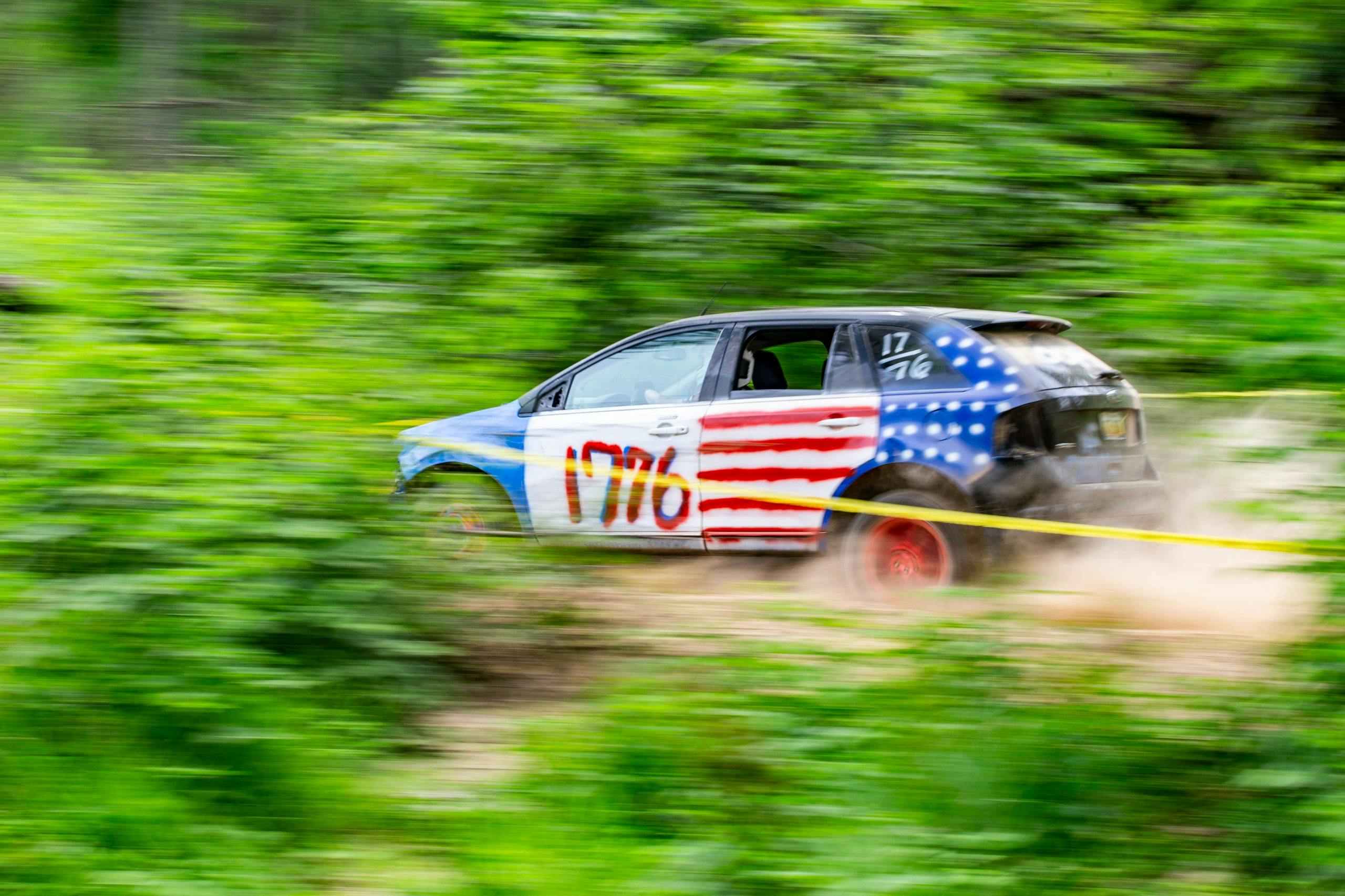
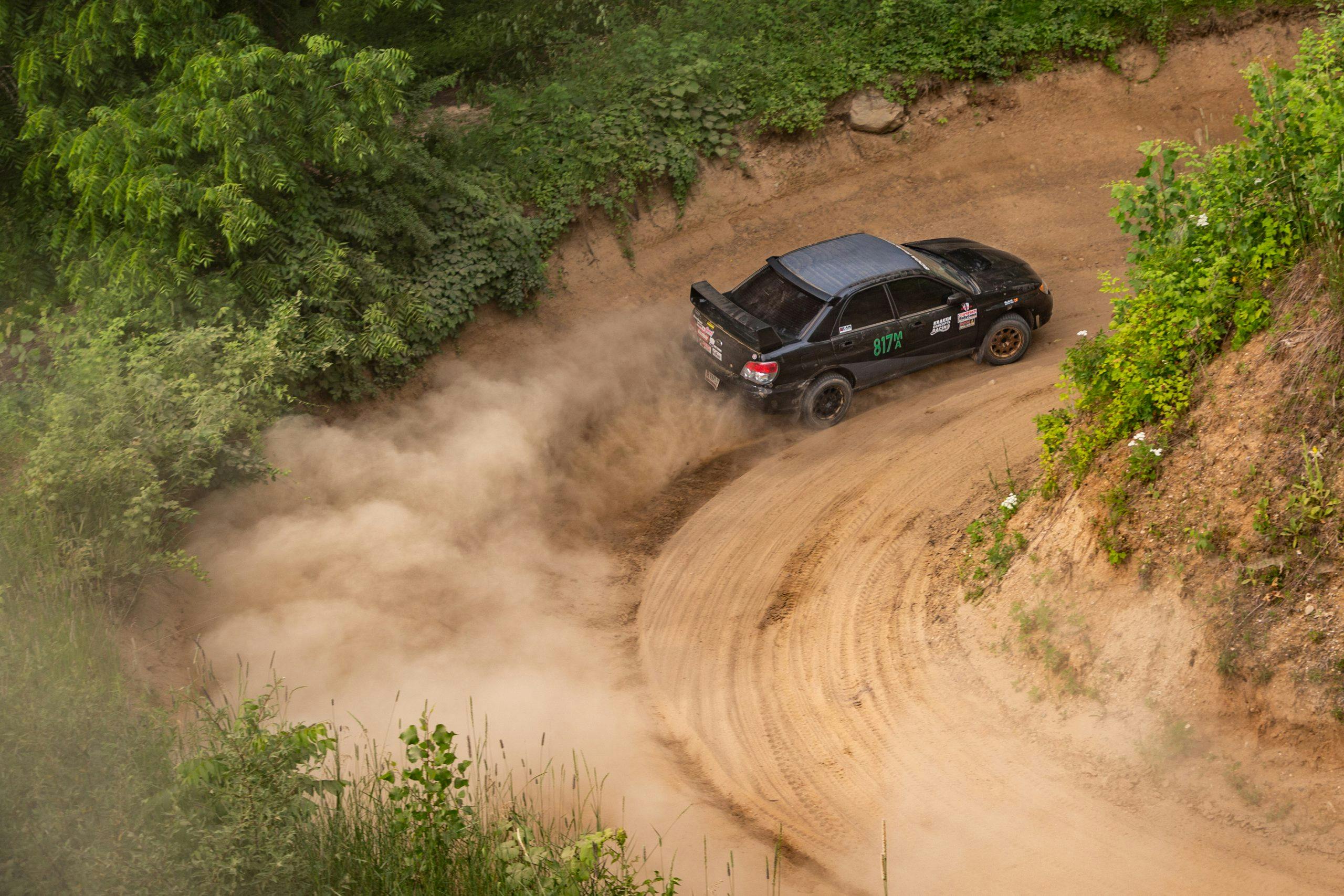
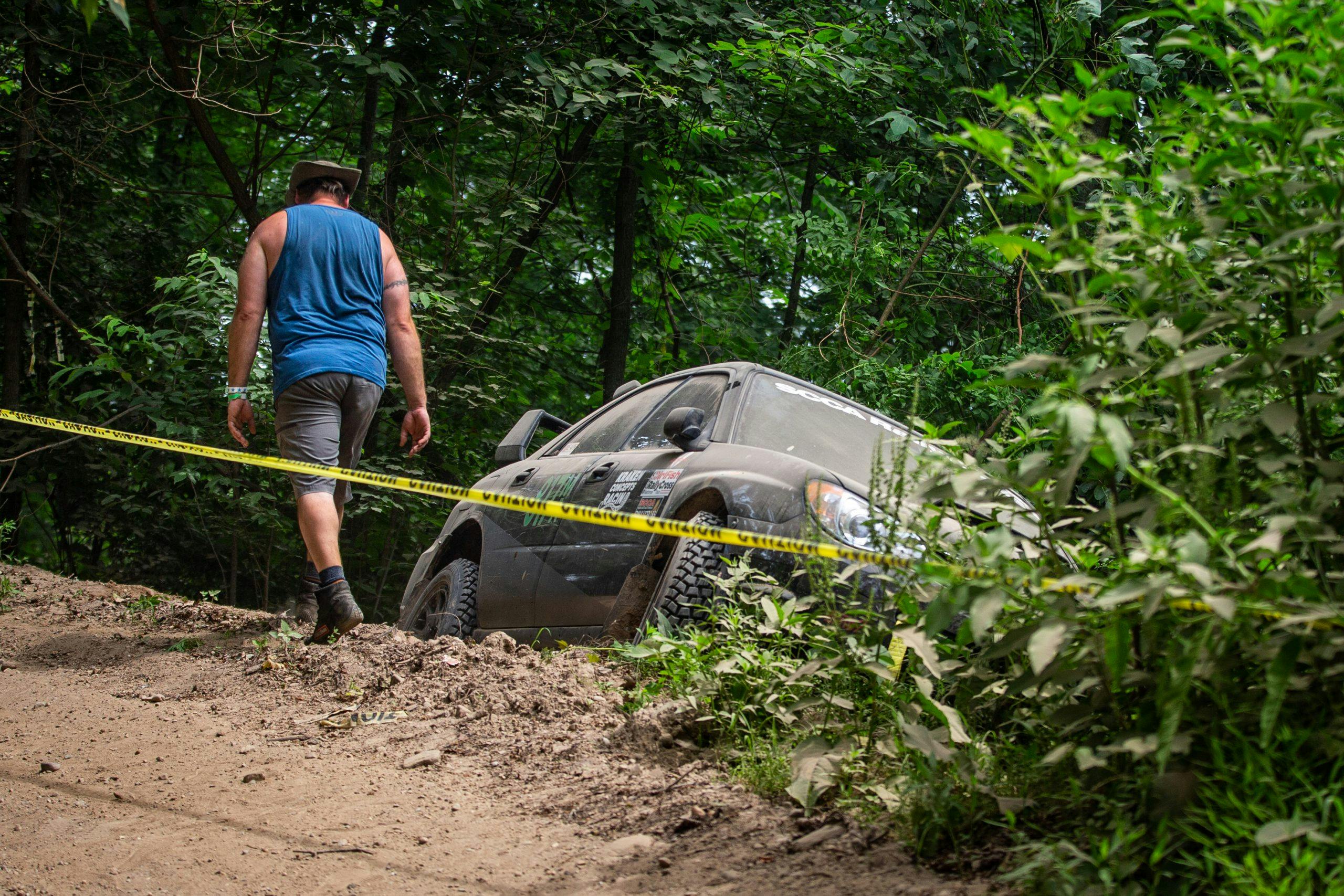
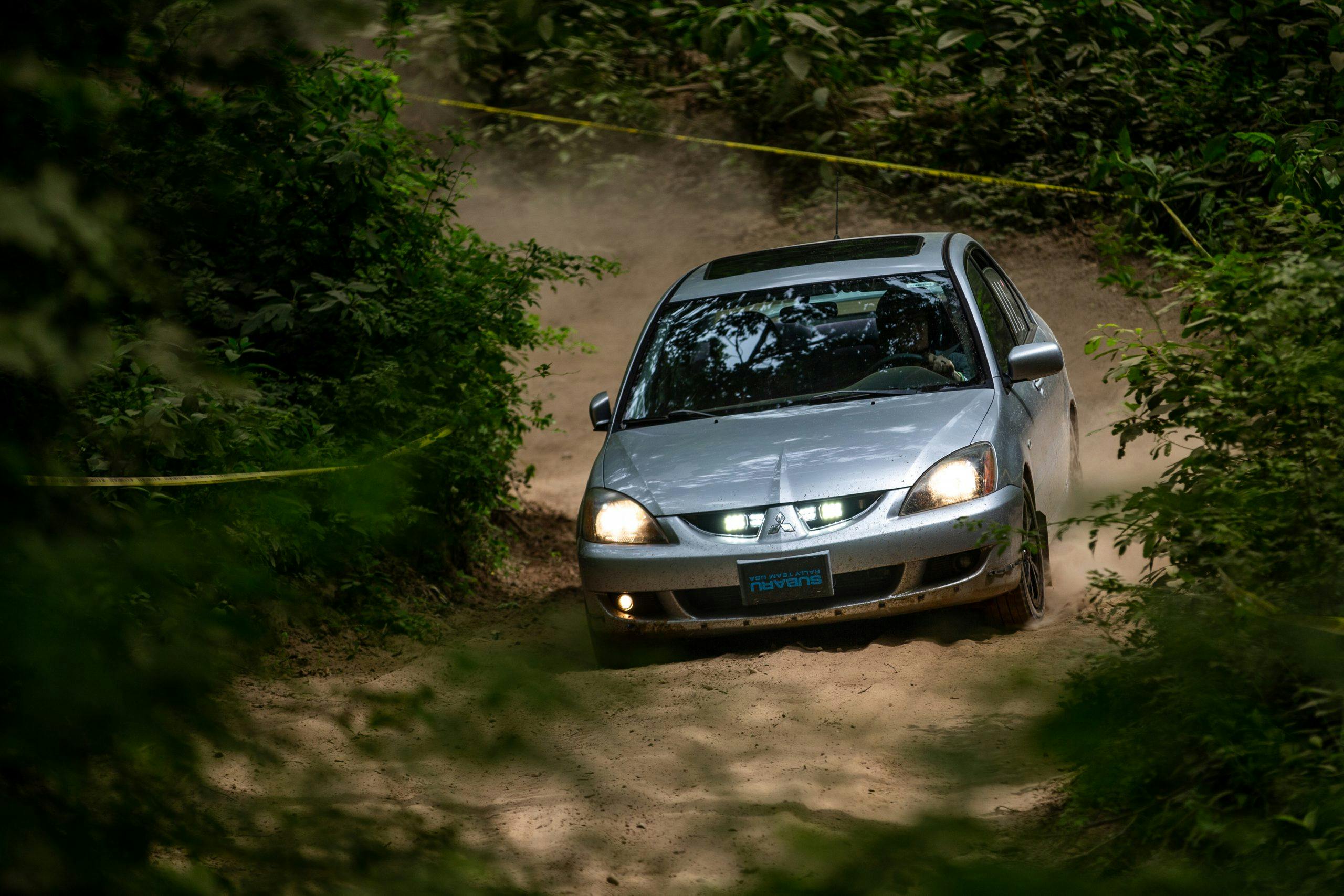

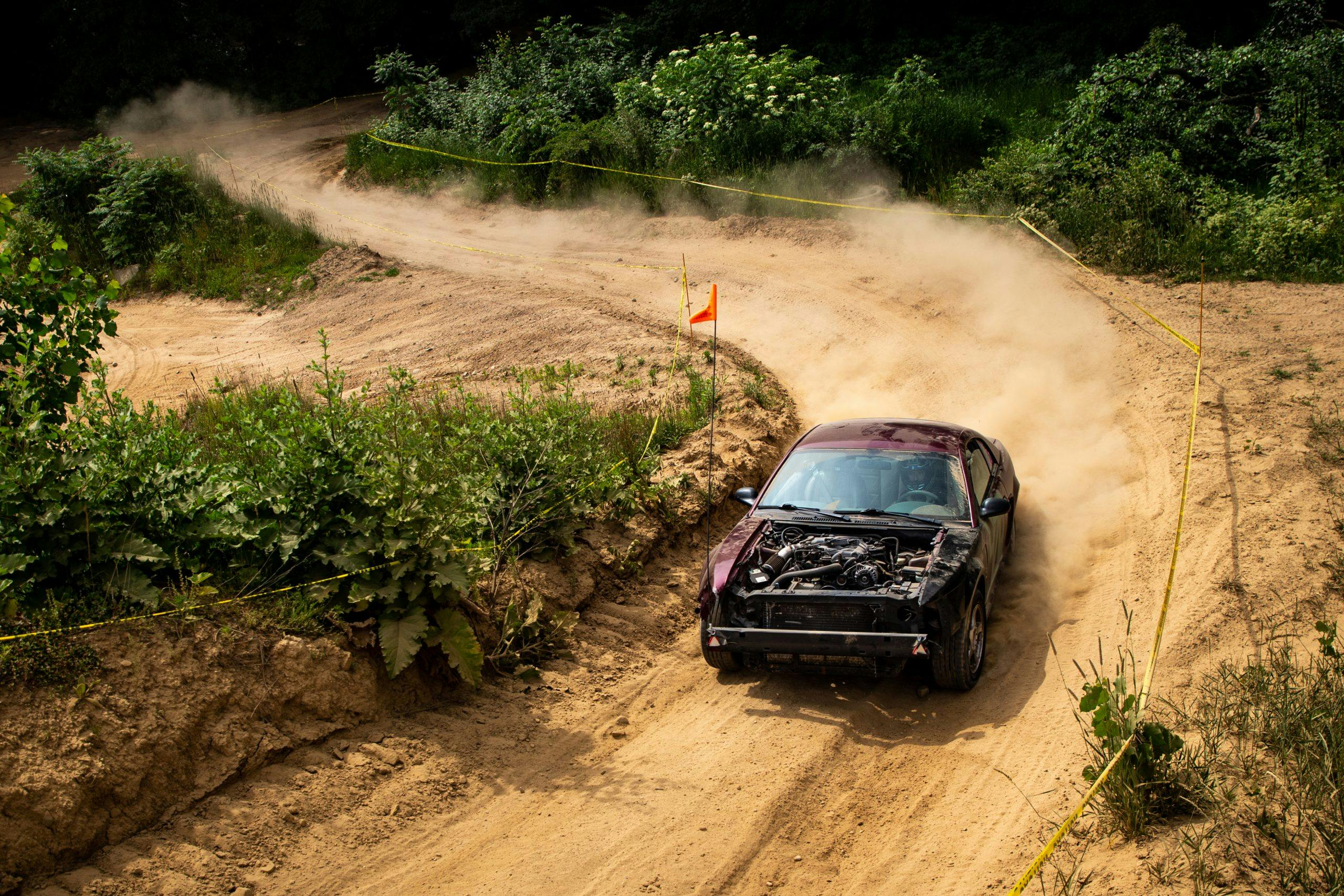
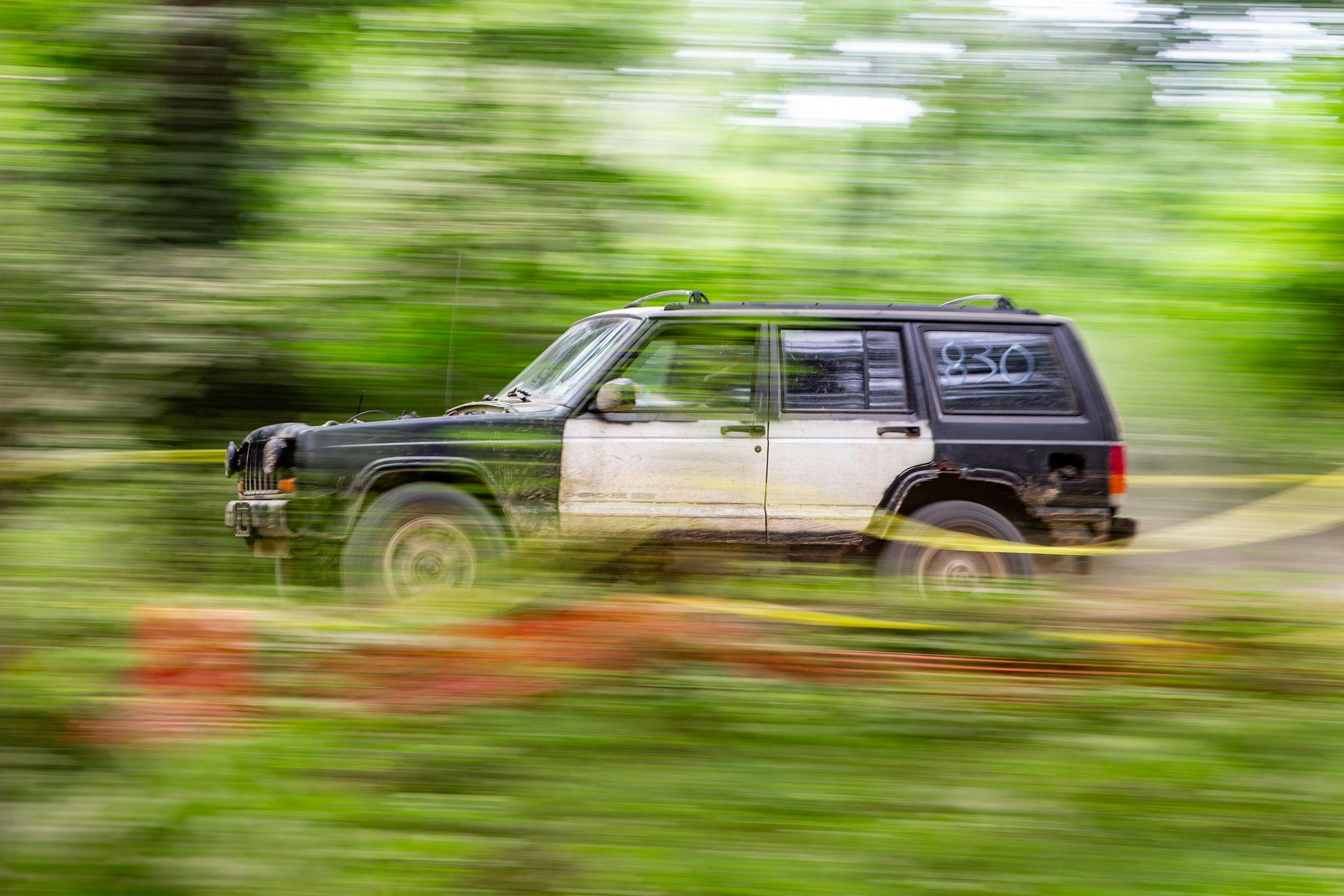
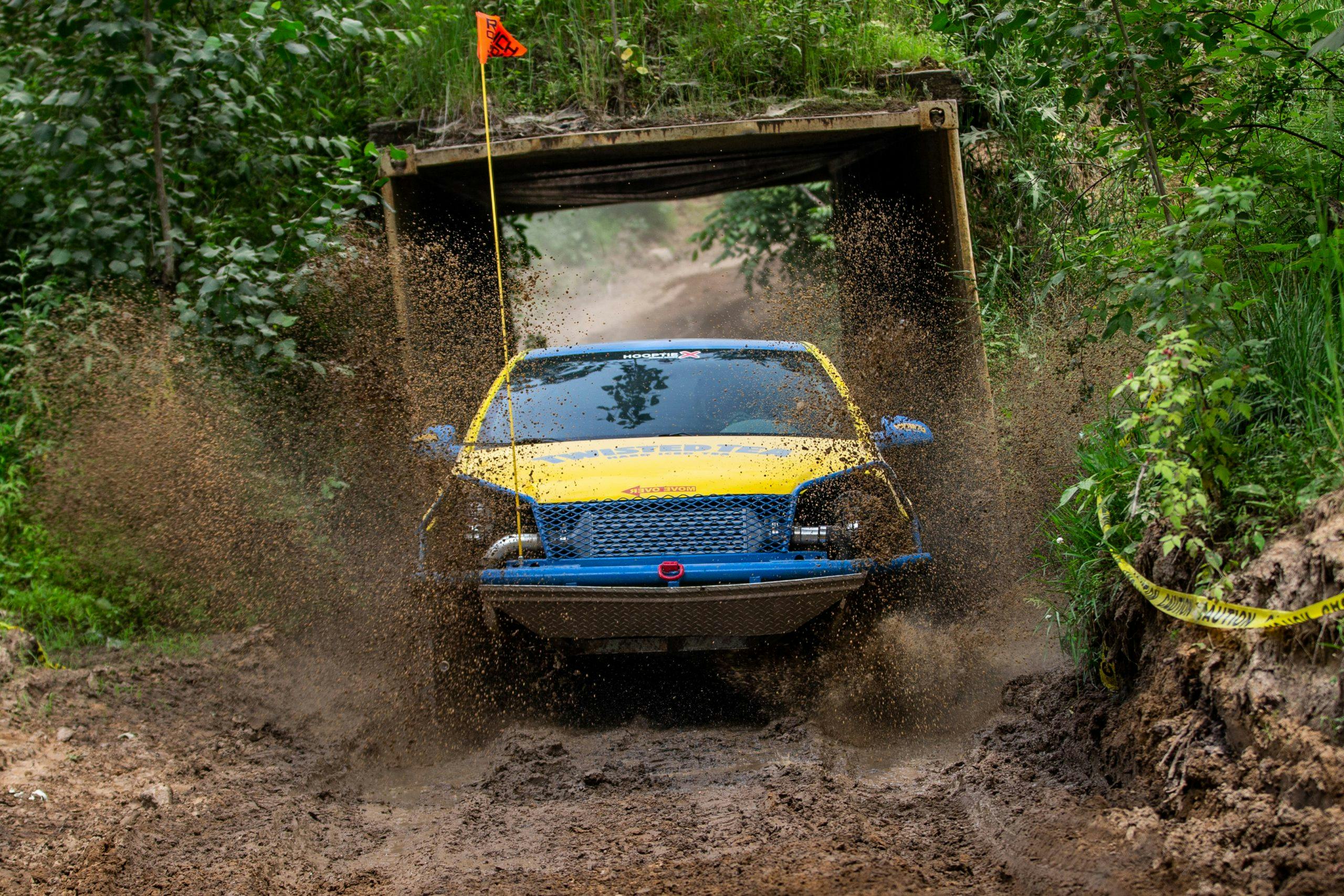
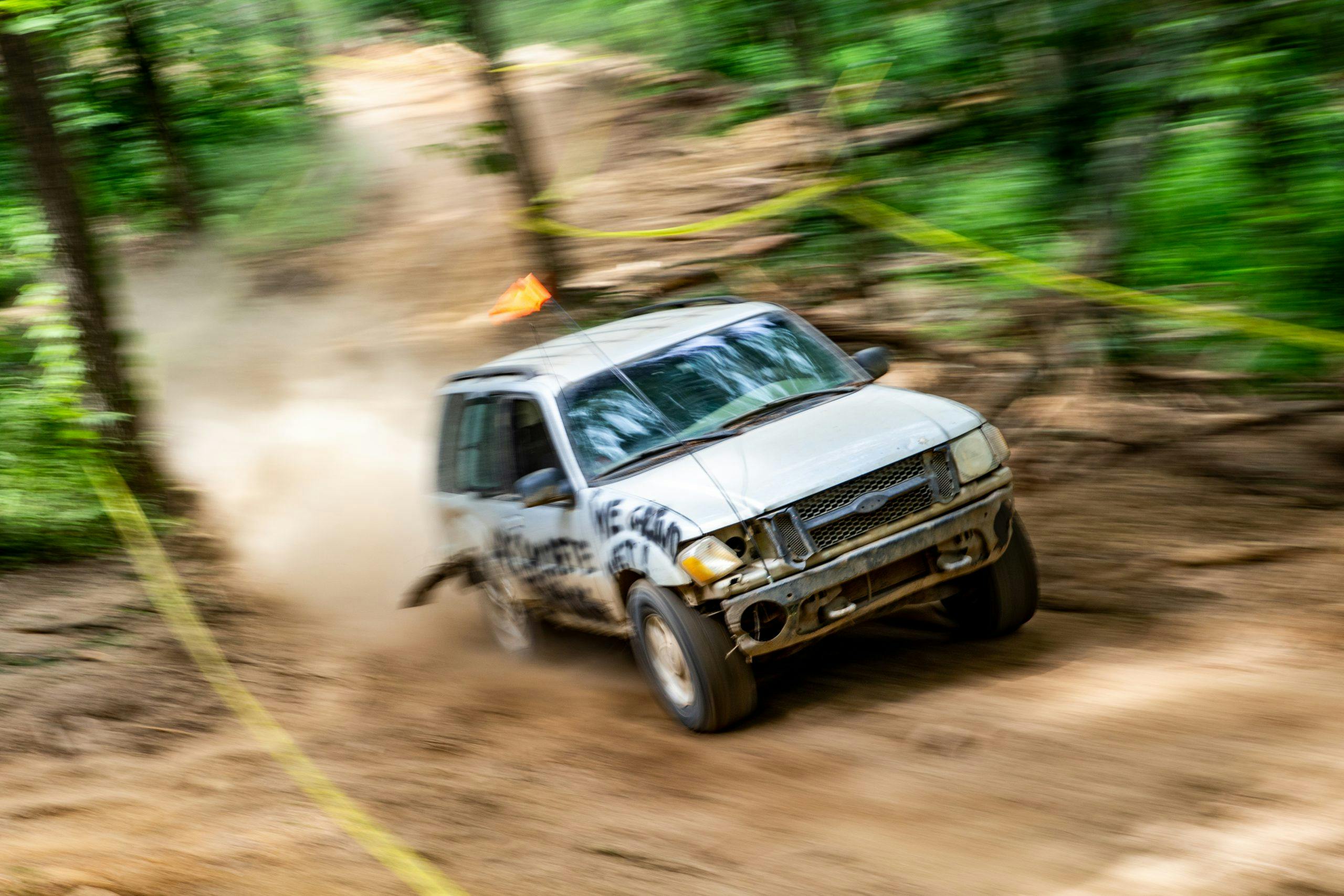
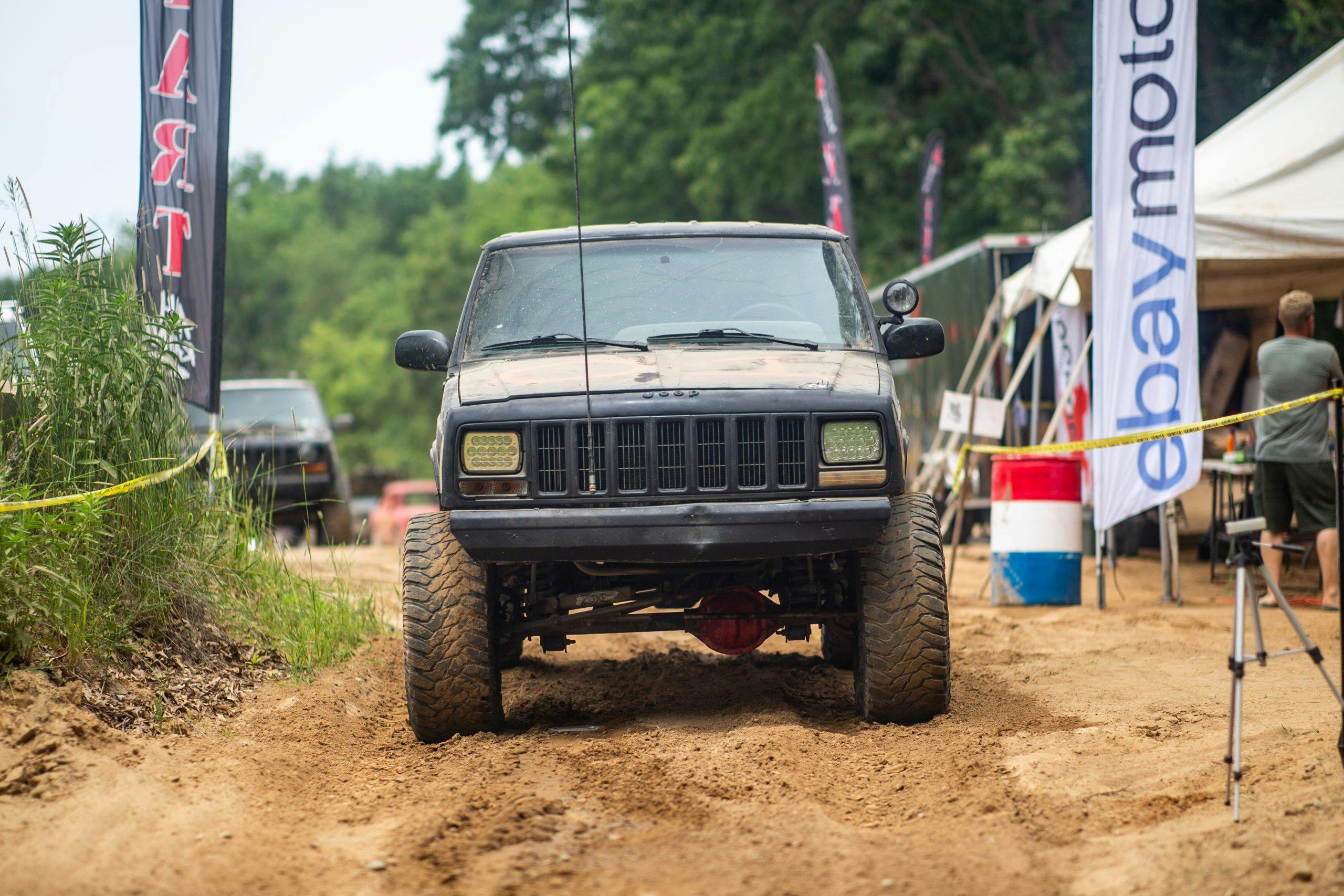
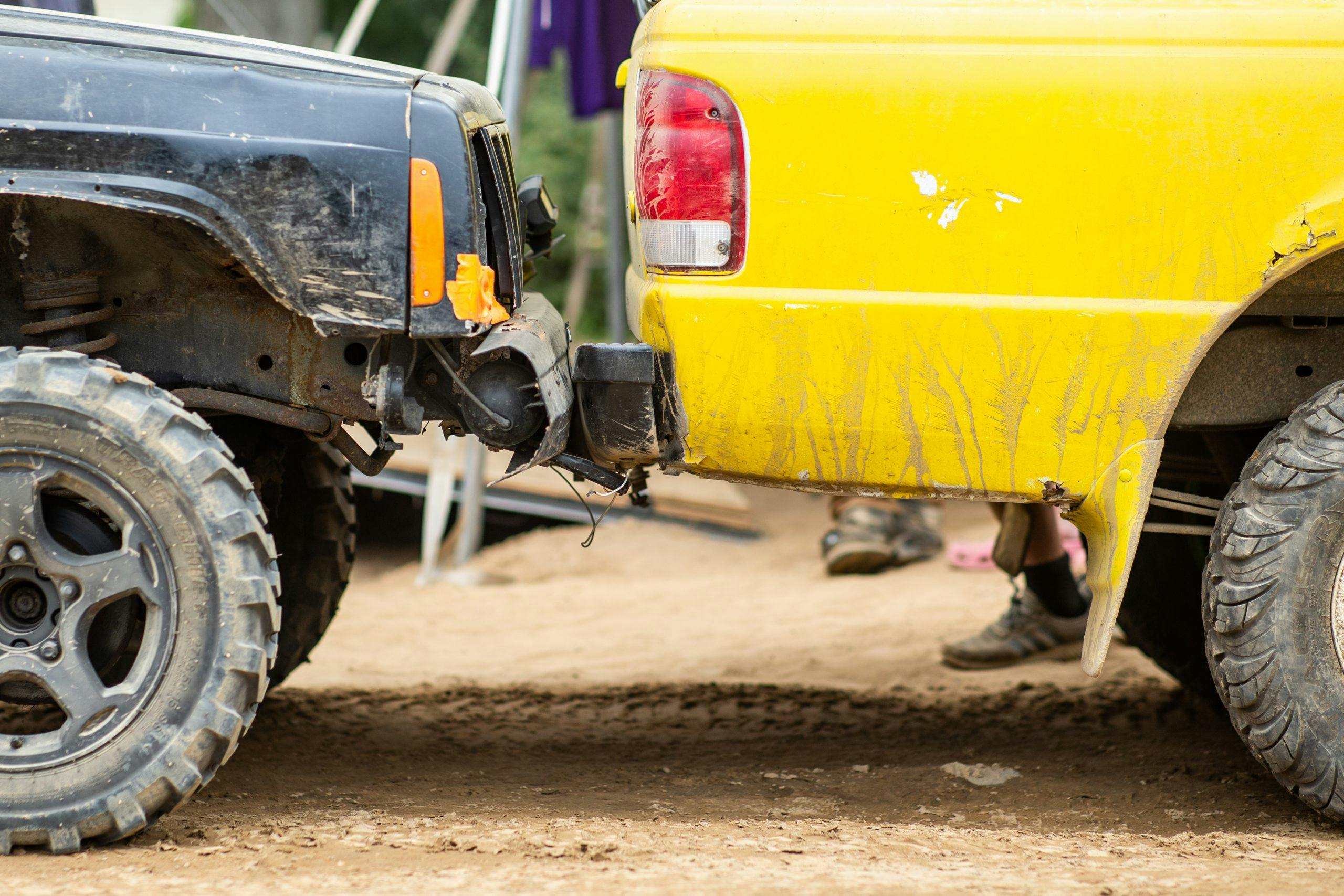

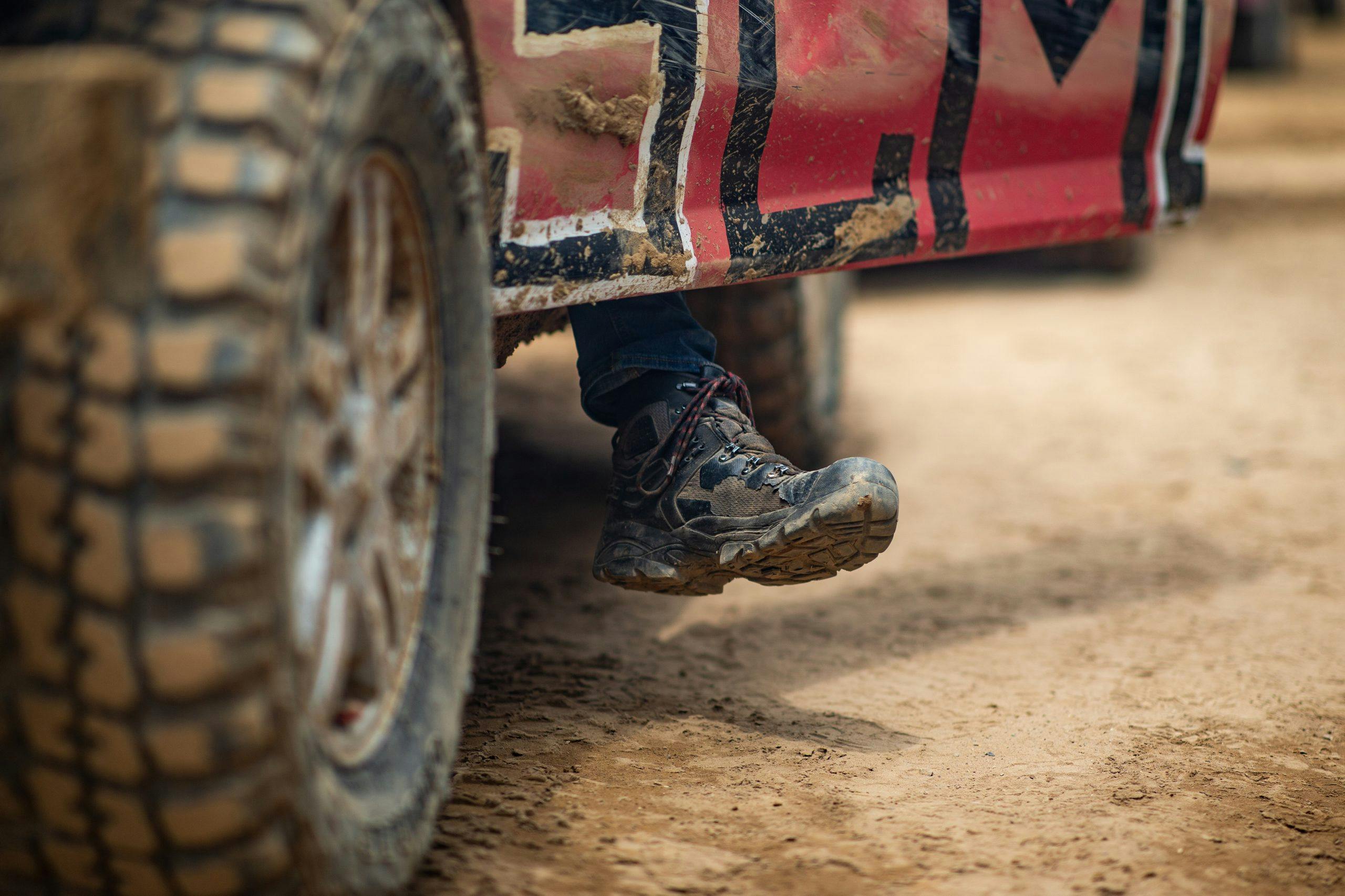

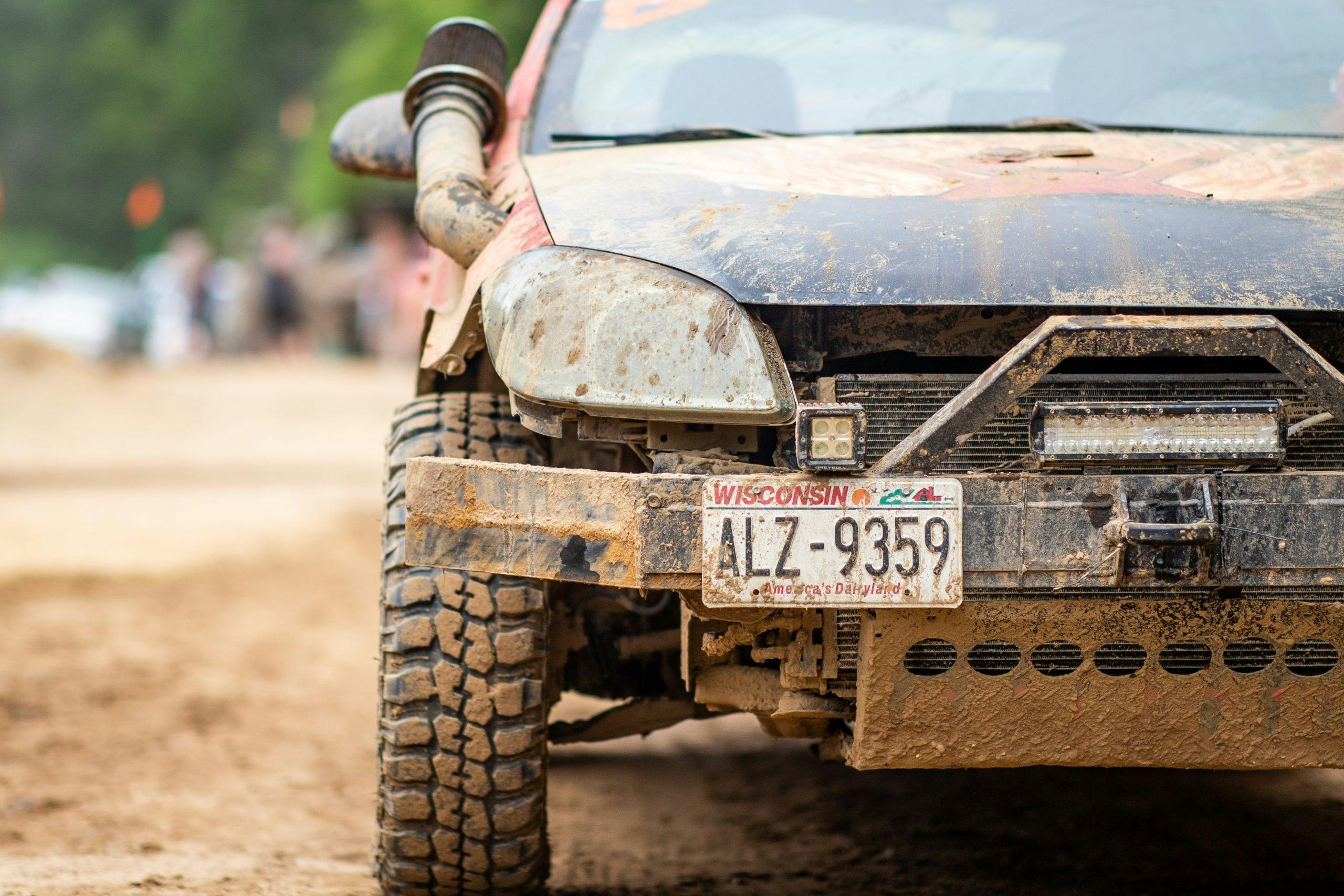
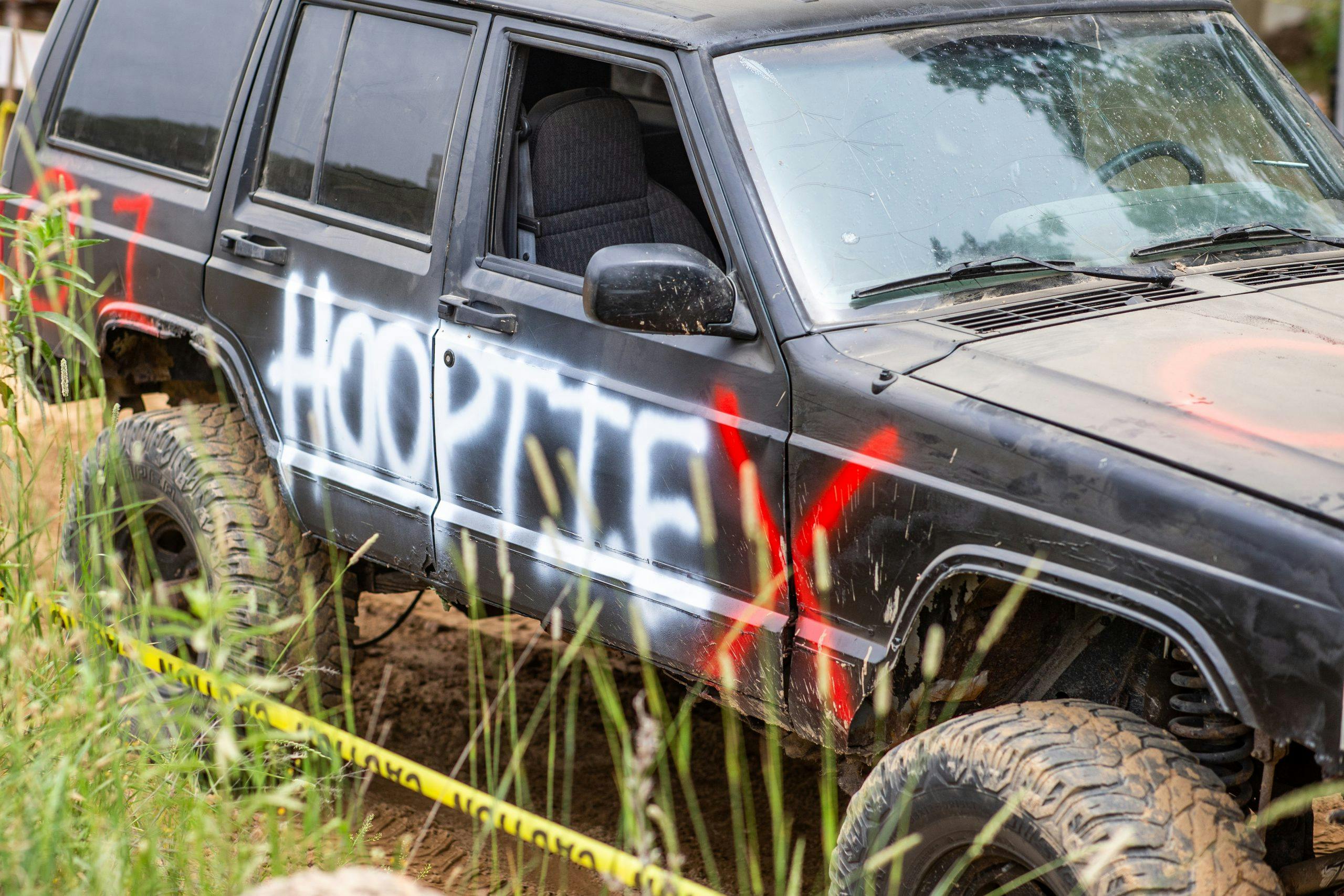
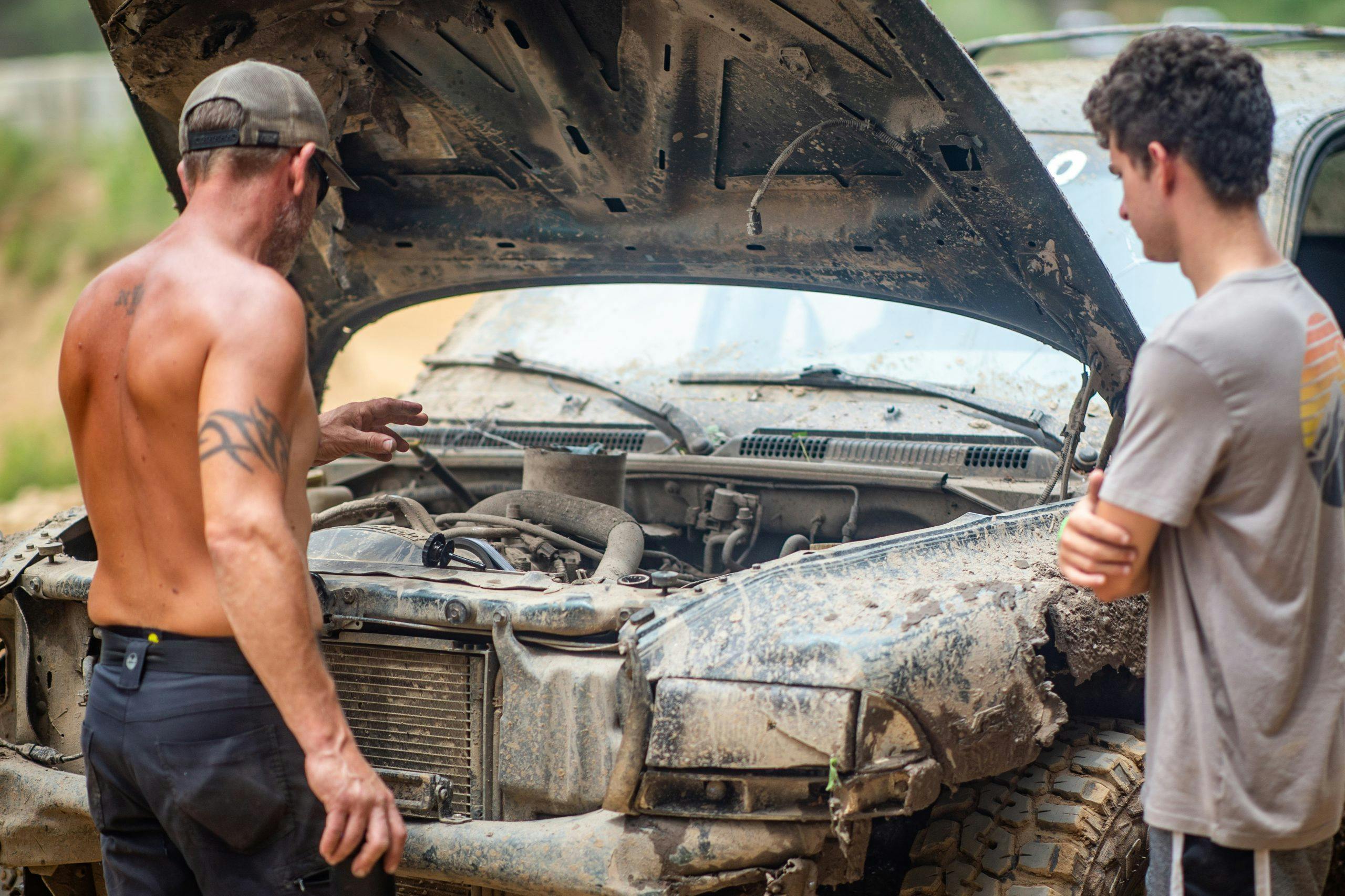
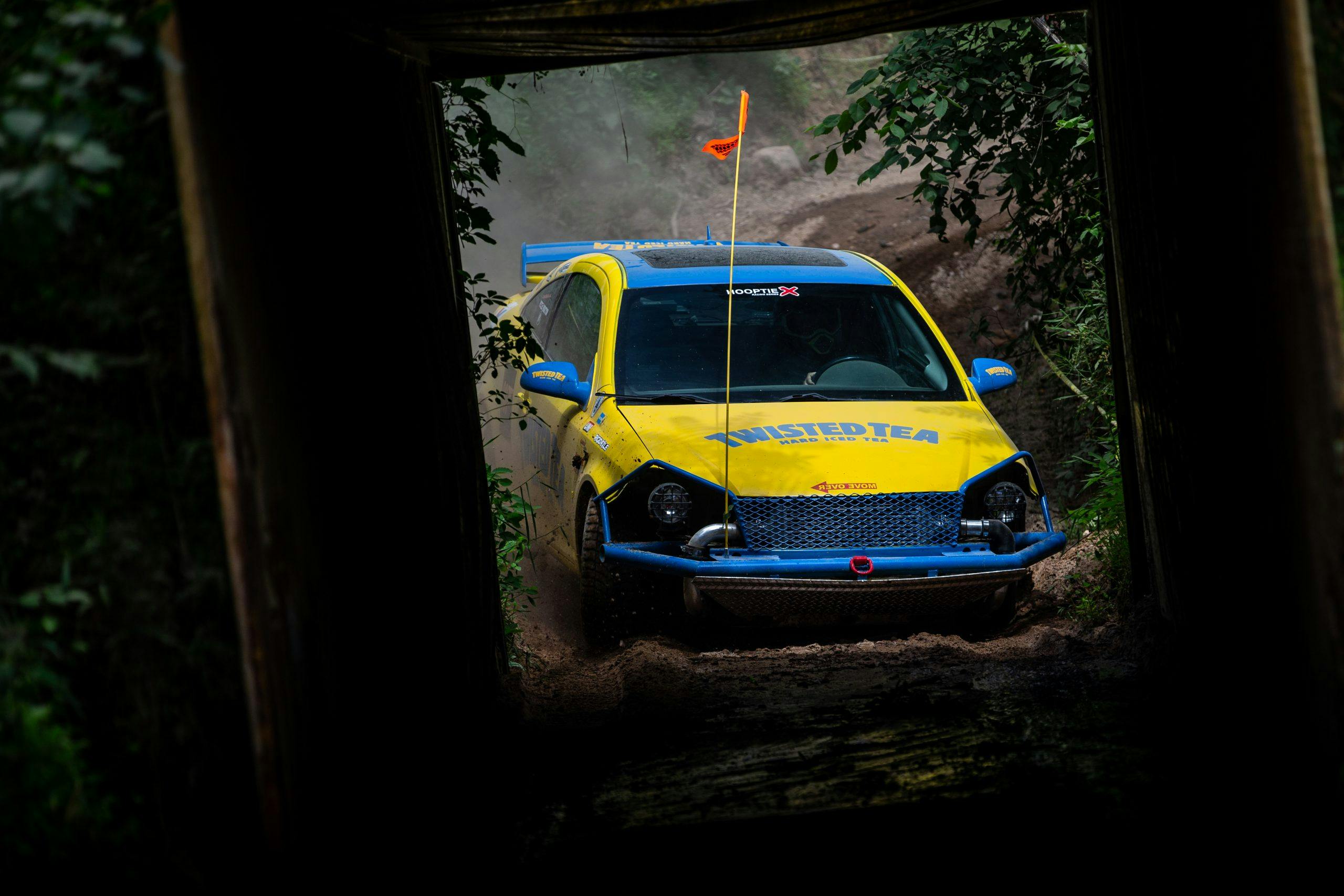
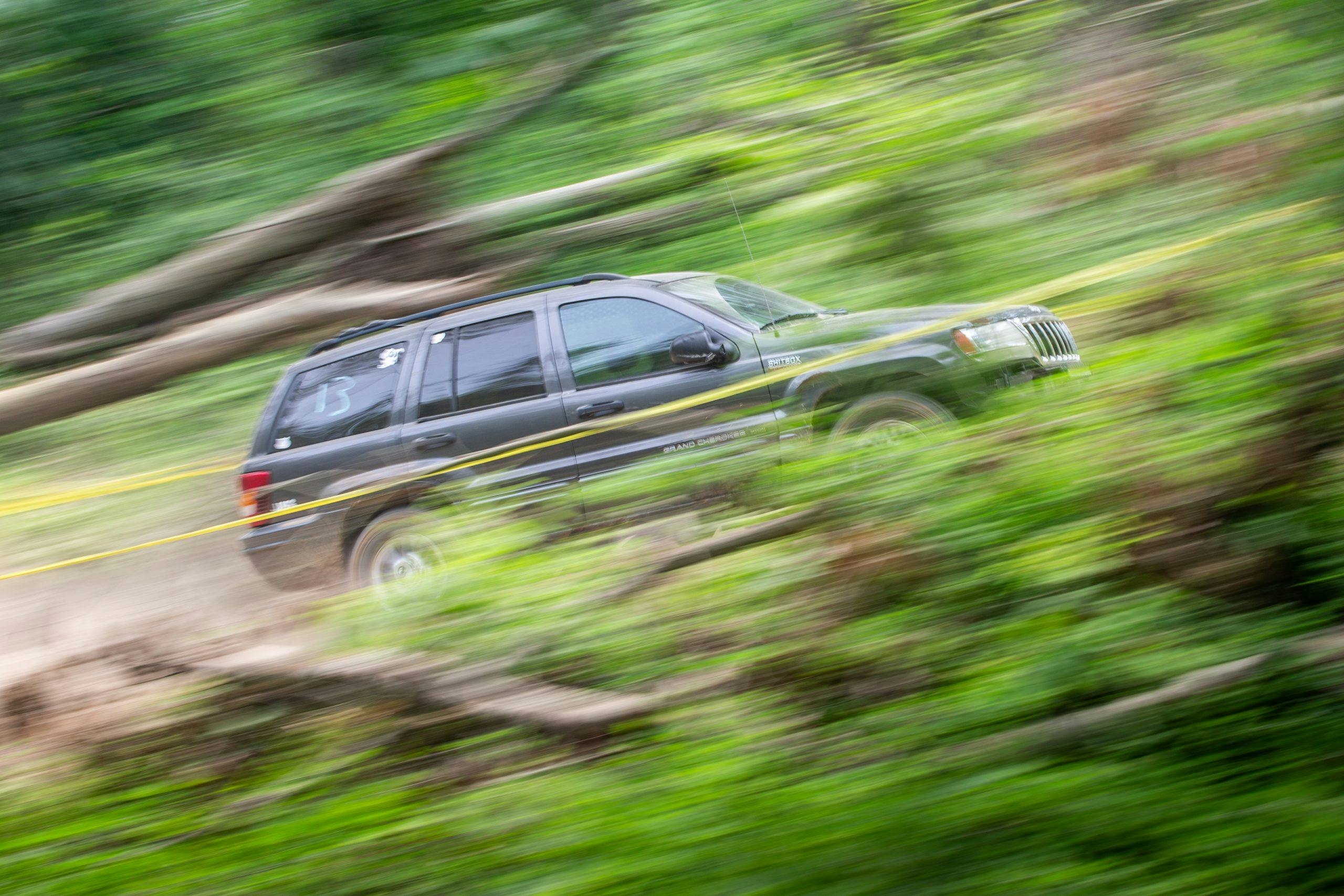
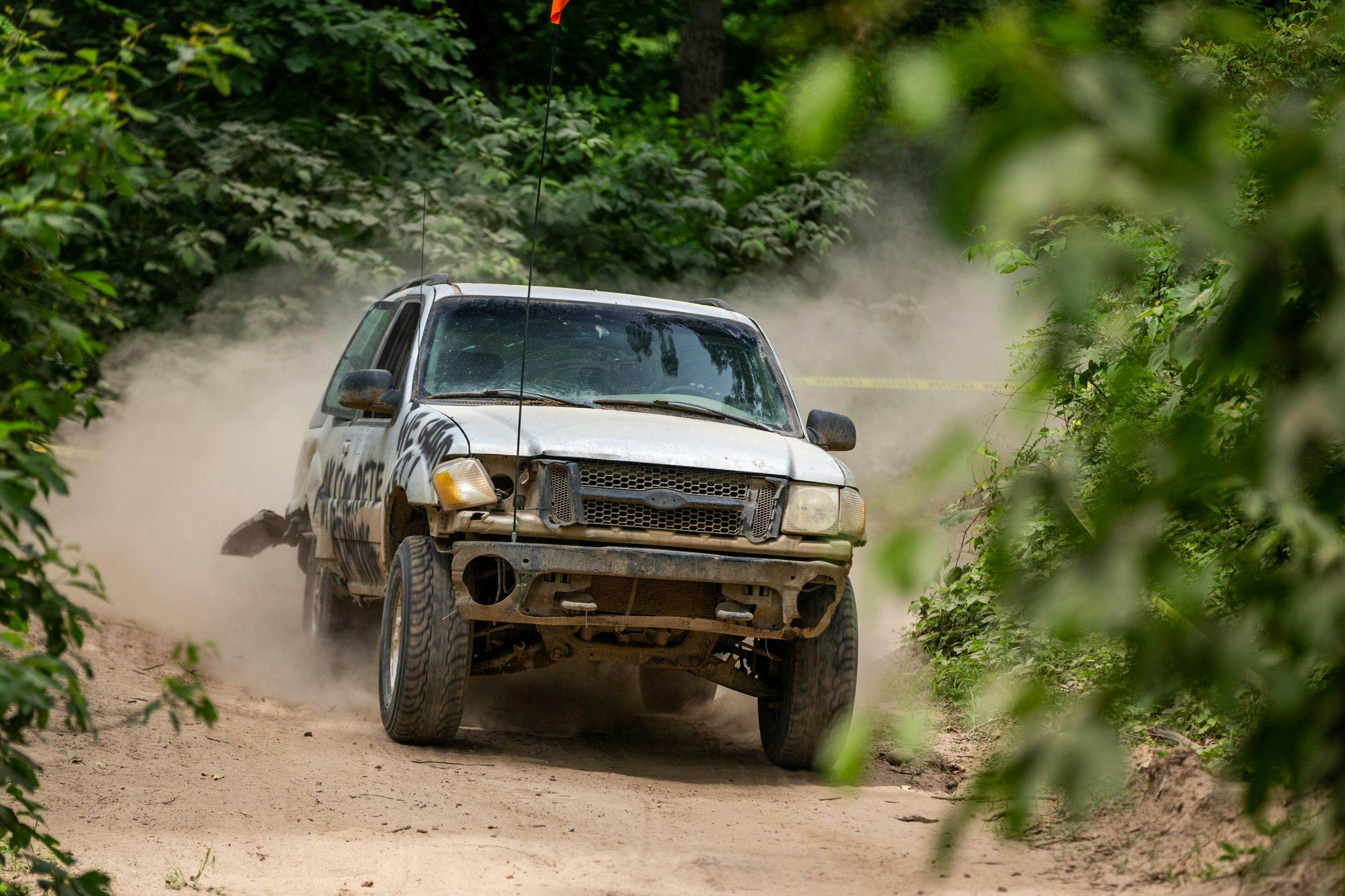
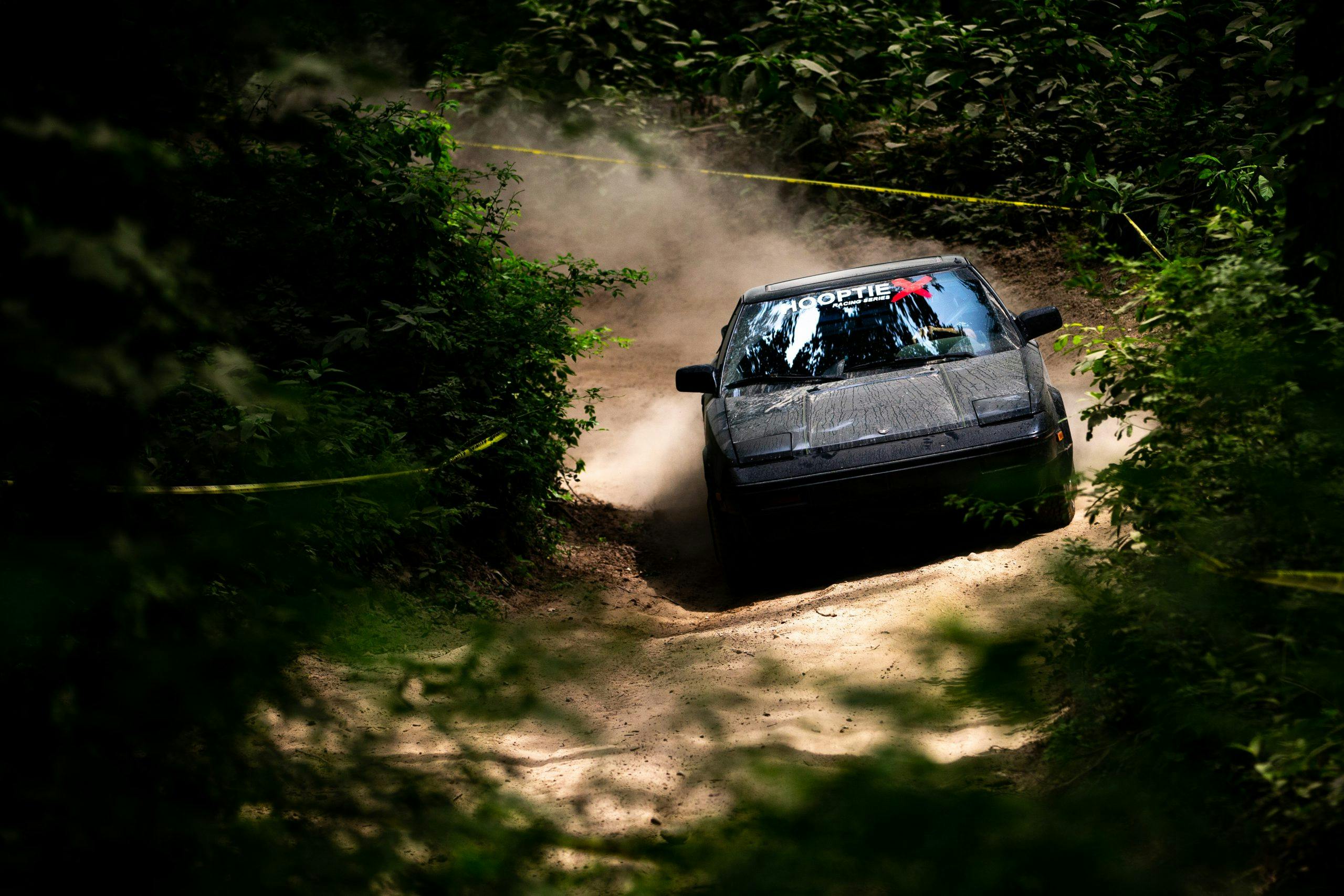
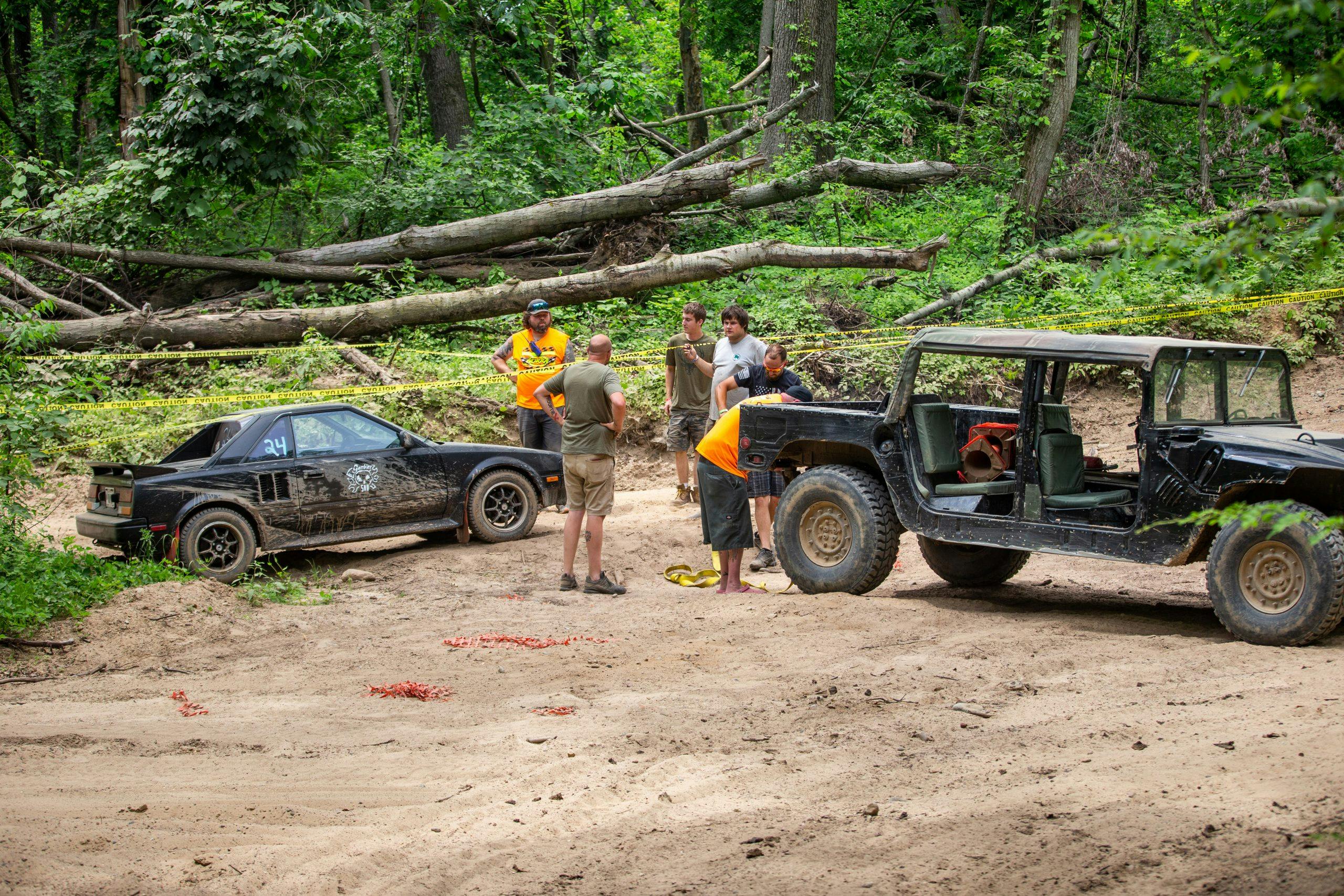
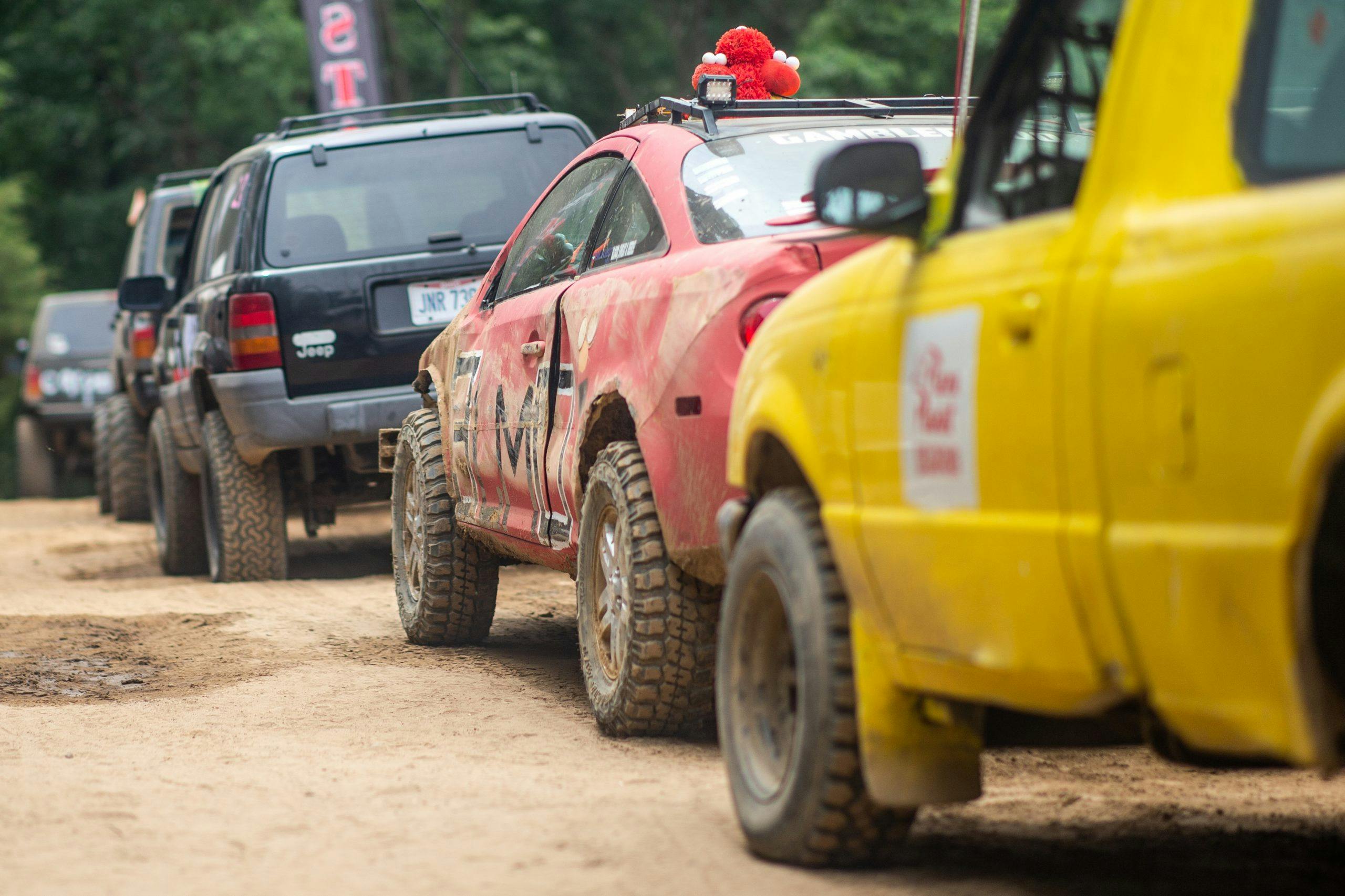


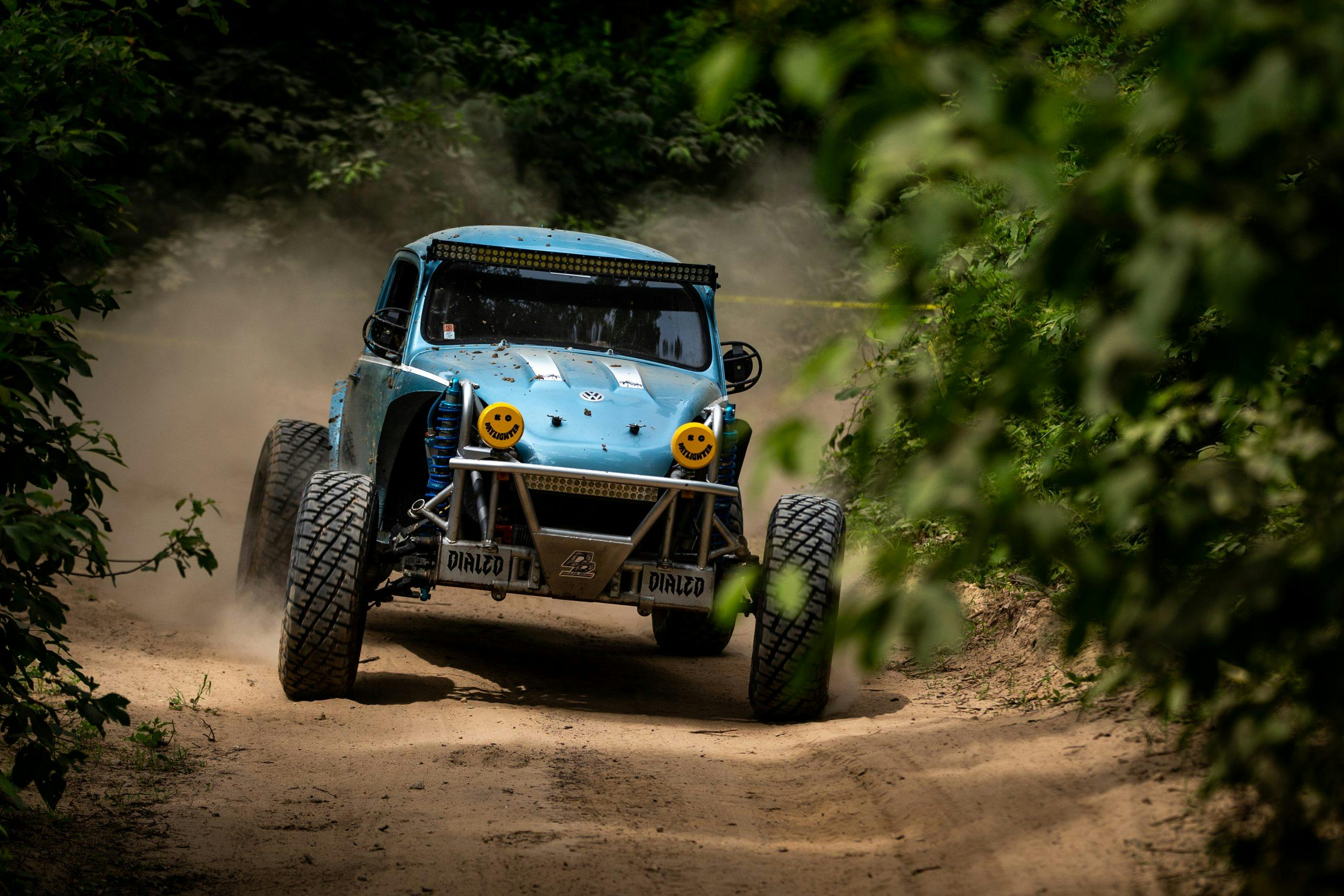
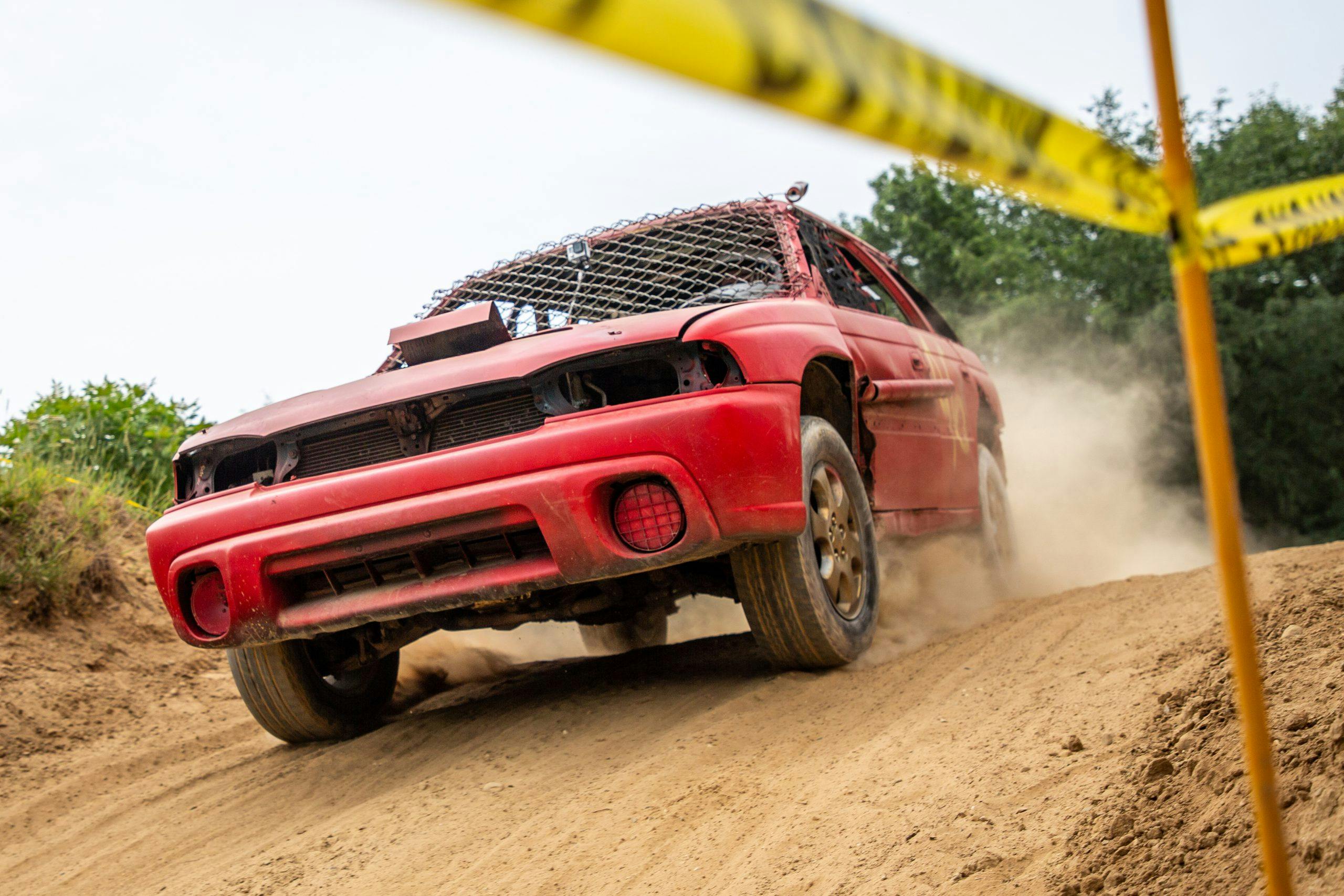
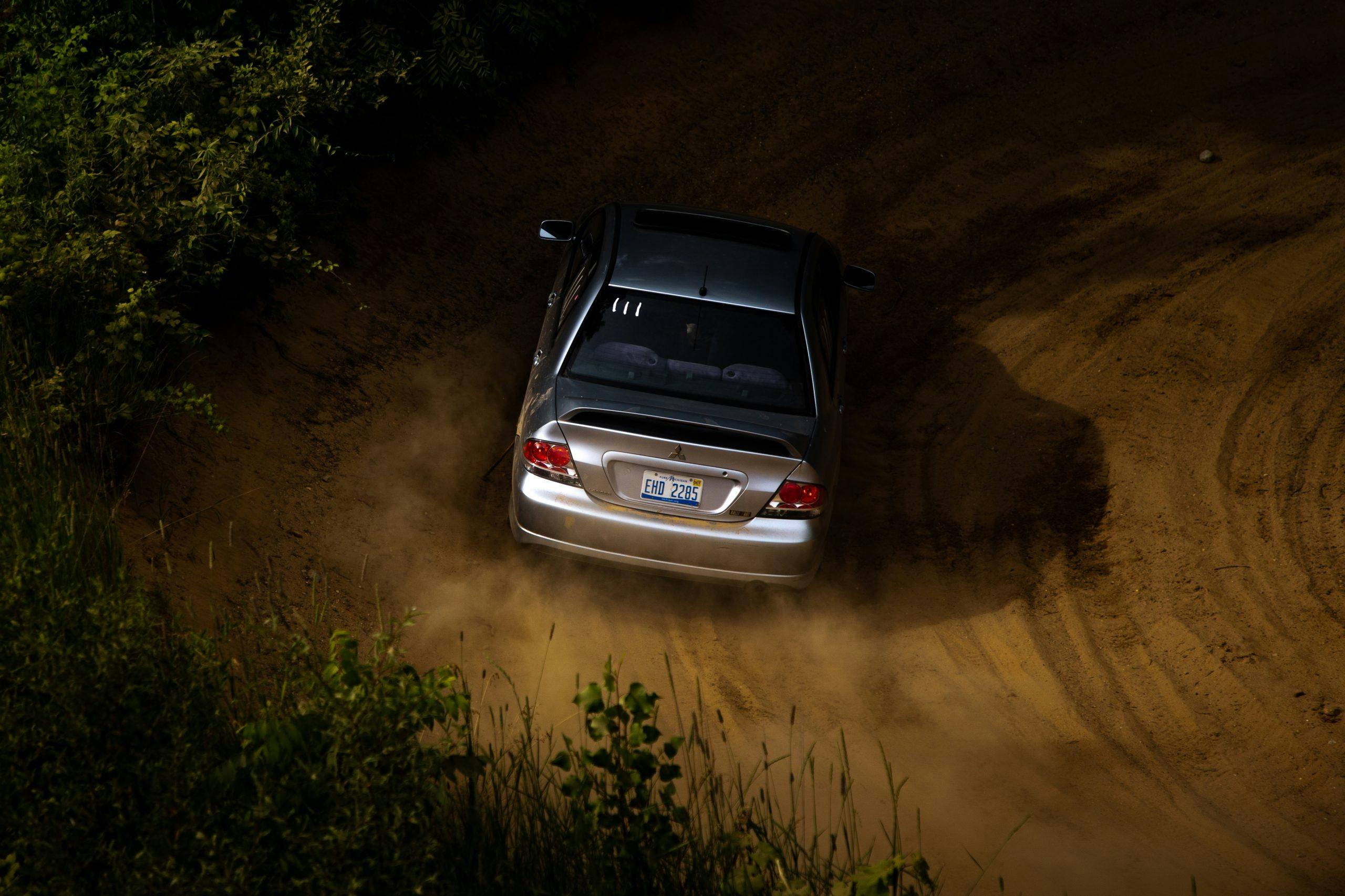
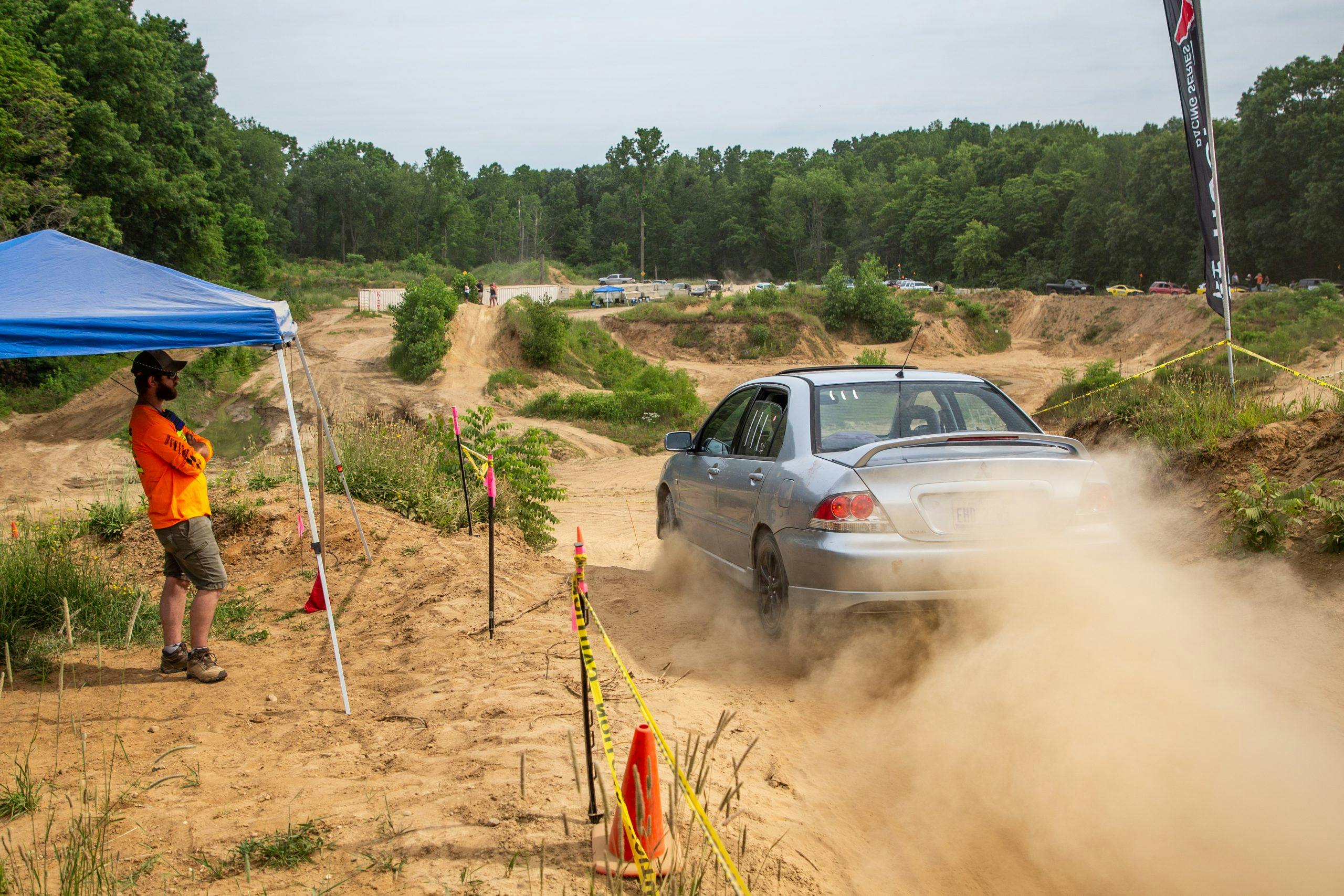
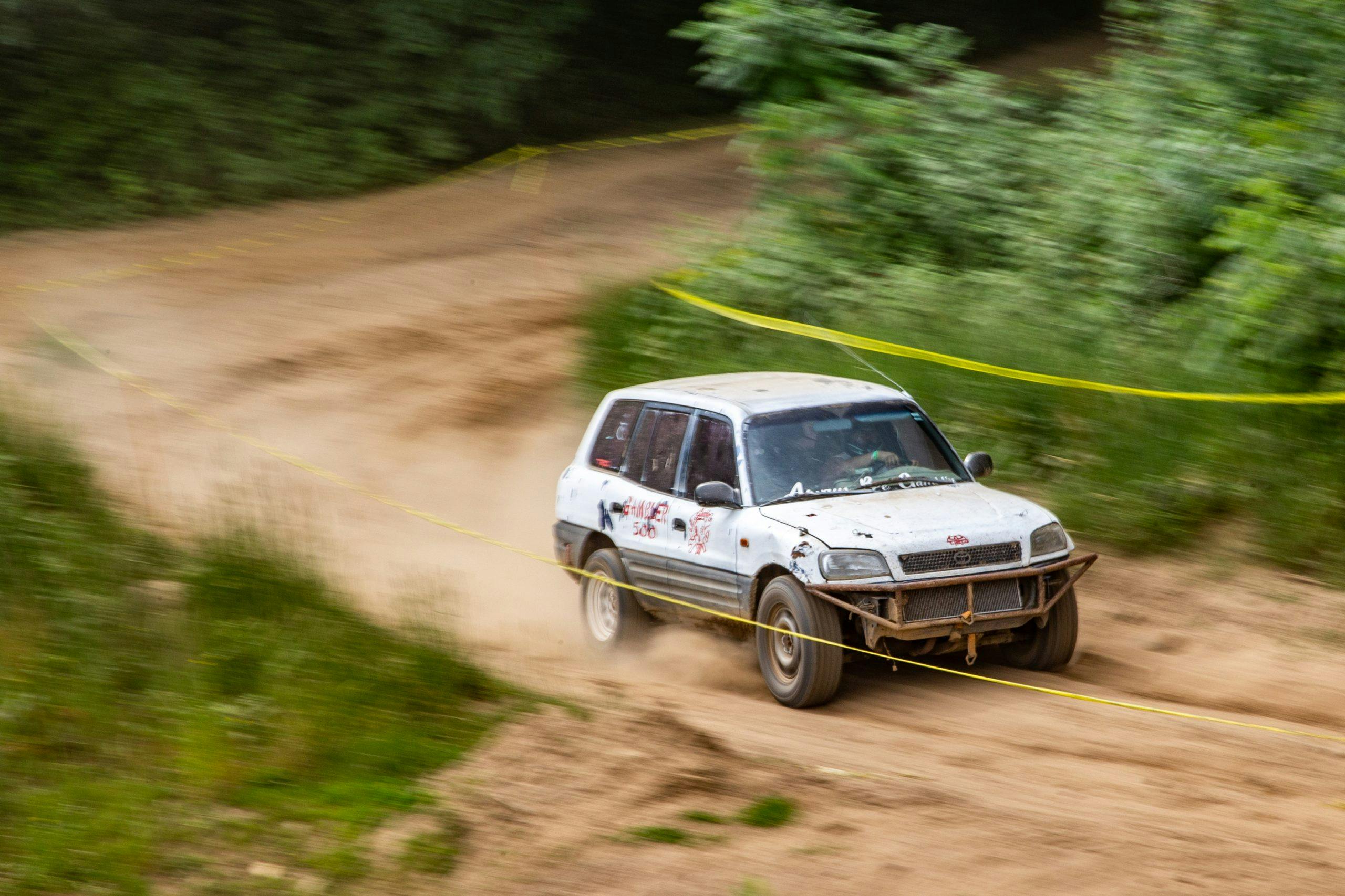
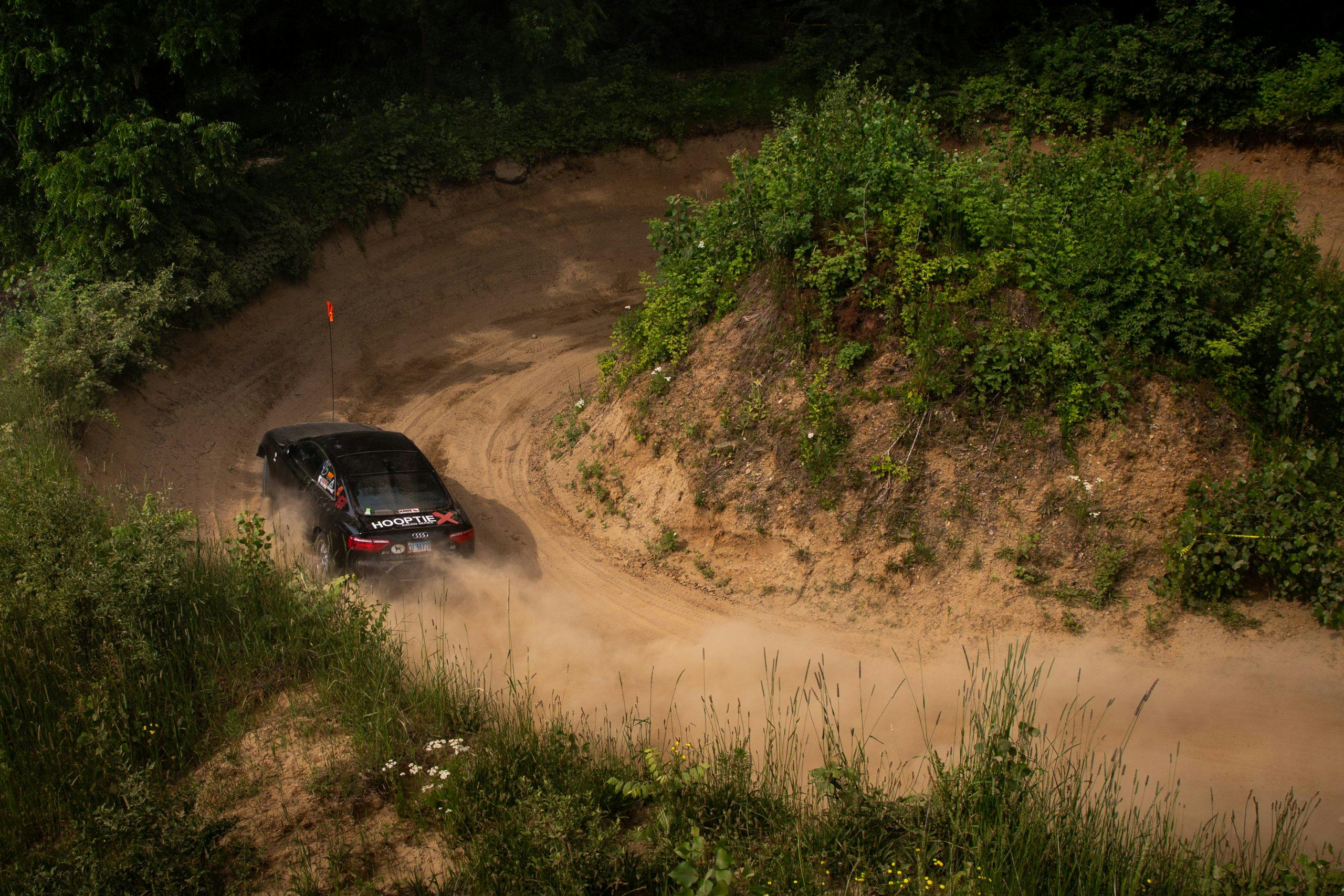

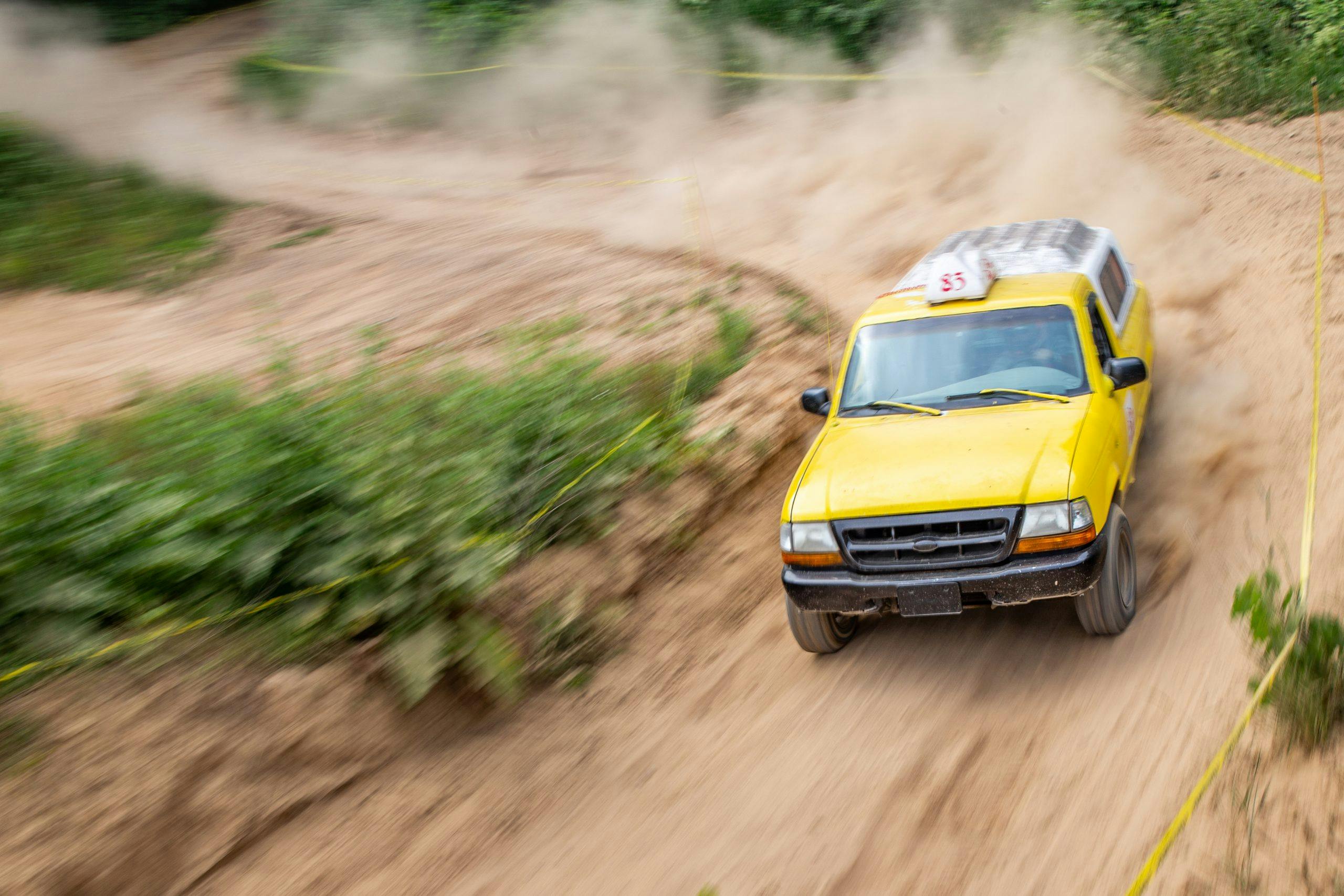
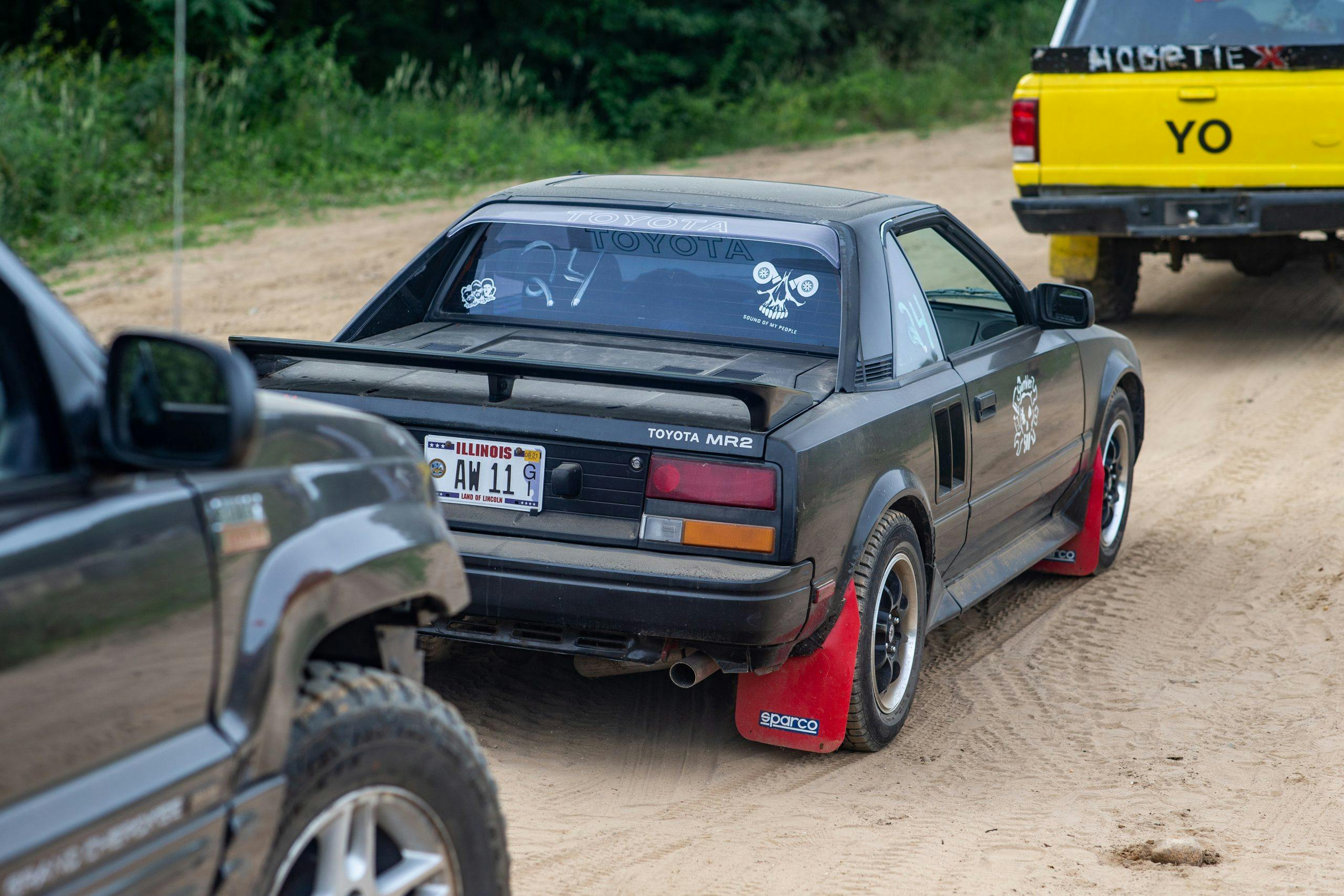

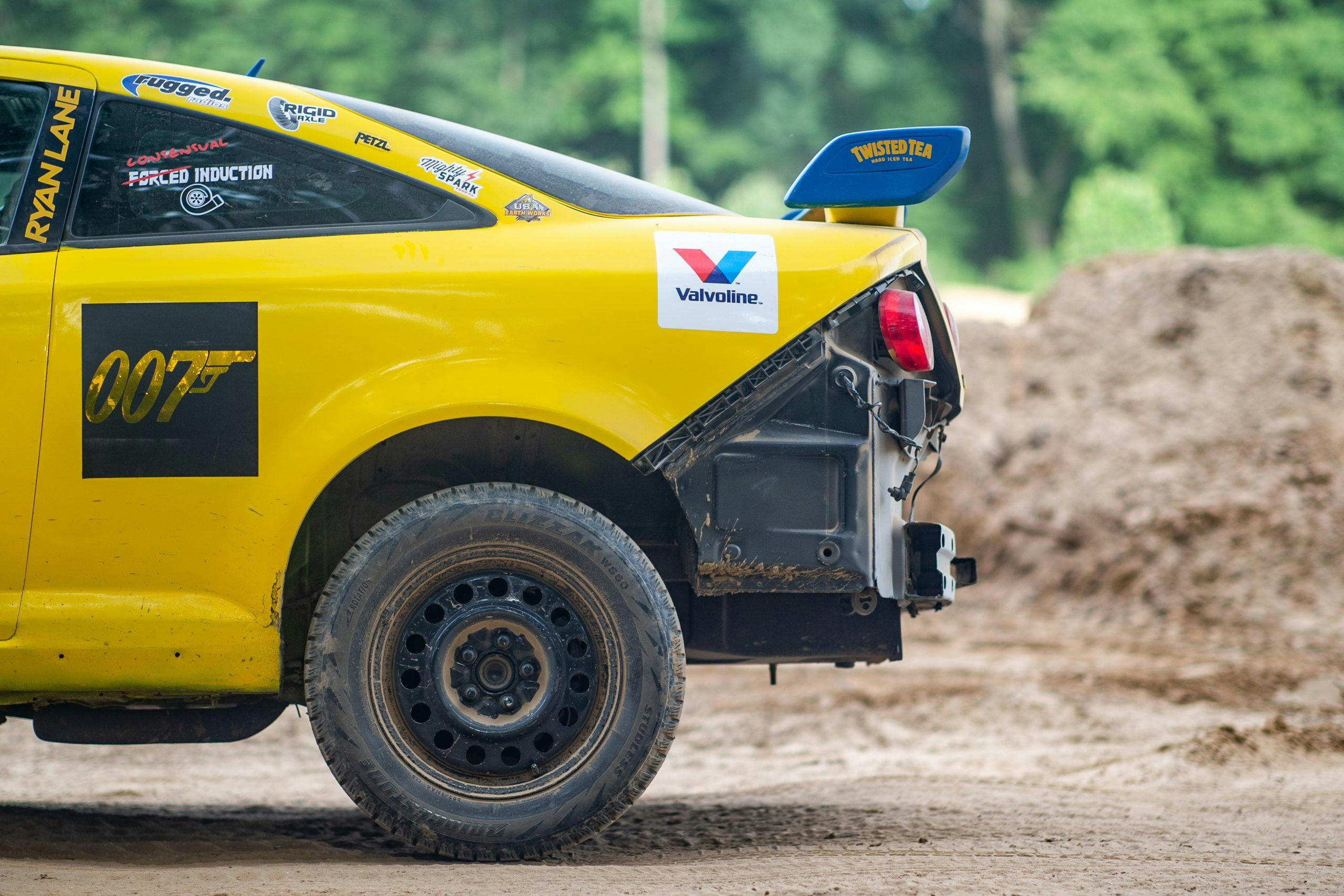
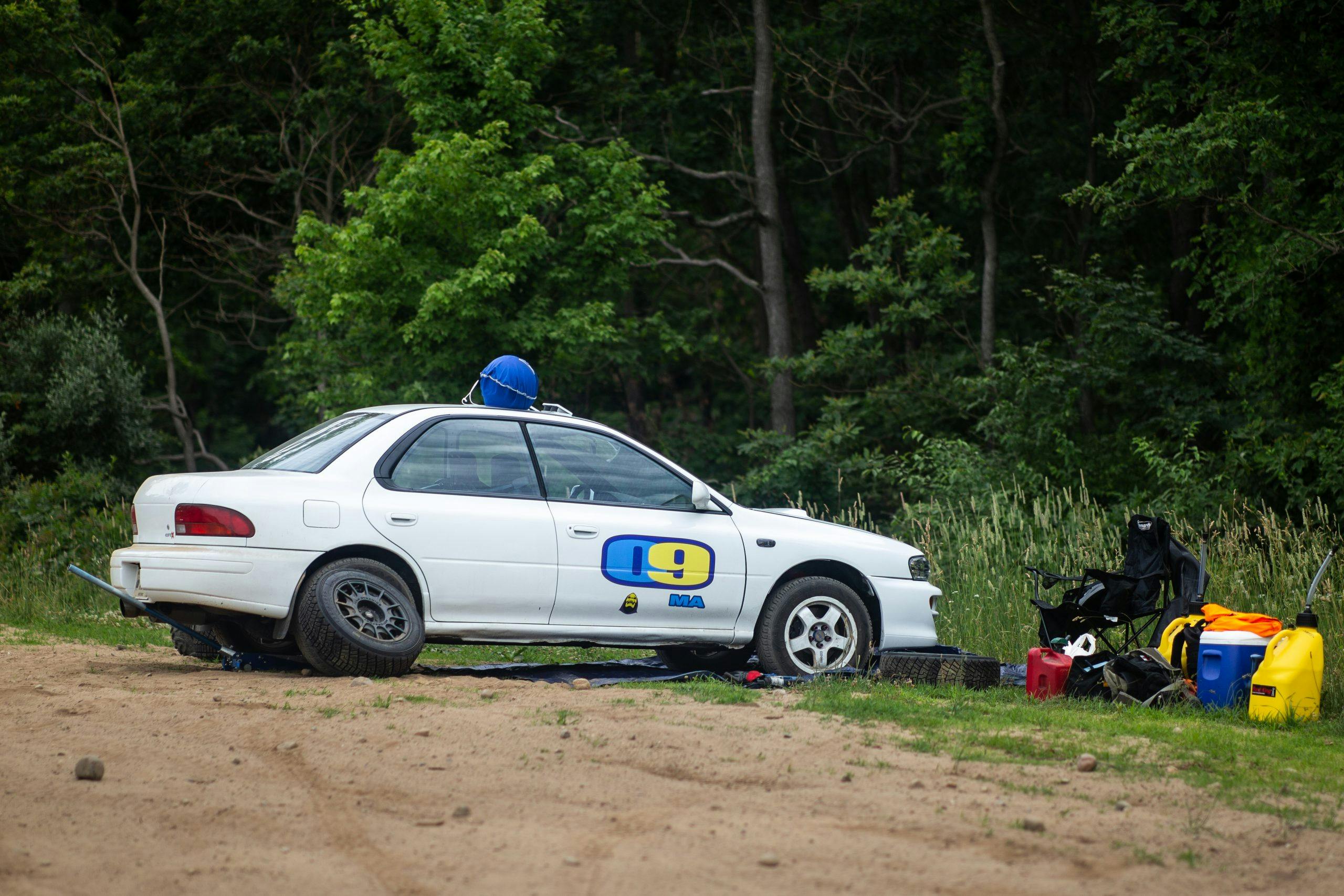


1970 Bronco bought for 2500 in 1972 from a friend with 12k miles used it for 20 yeats and sold it for 1500. Way more than 1k in fun. 3 on the tree 302 v8 with sport trim and 2 gas tanks. Wish I could have kept it from rusting away
Had a Renault Dauphin with a sun roof. Barely ran and burned more oil the gas but spent $90 on a cylinder sleeve kit and it ran fine–mostly. Here’s where the fun came it. It was the ’60’s. I was a college student living in the beach communities on the Gulf Coast of Florida. It was a rear engine car so the luggage space was in the front. By beating a huge dent in the floor of that space, my friend Phil and I fit a pony keg of beer in there. We then filled the trunk up with ice to keep it cold.The hose ran into the cabin and the tap was mounted on the dashboard. It was a big Falstaff handle. Only trouble was keeping it pumped up, so it was not uncommon to open the front cover, stand up through the sun roof and pump the keg up while at a stop light. Cruising the beaches was never quite so much fun again. Slow as it was the Renault was a sought after ride that summer of ’63.